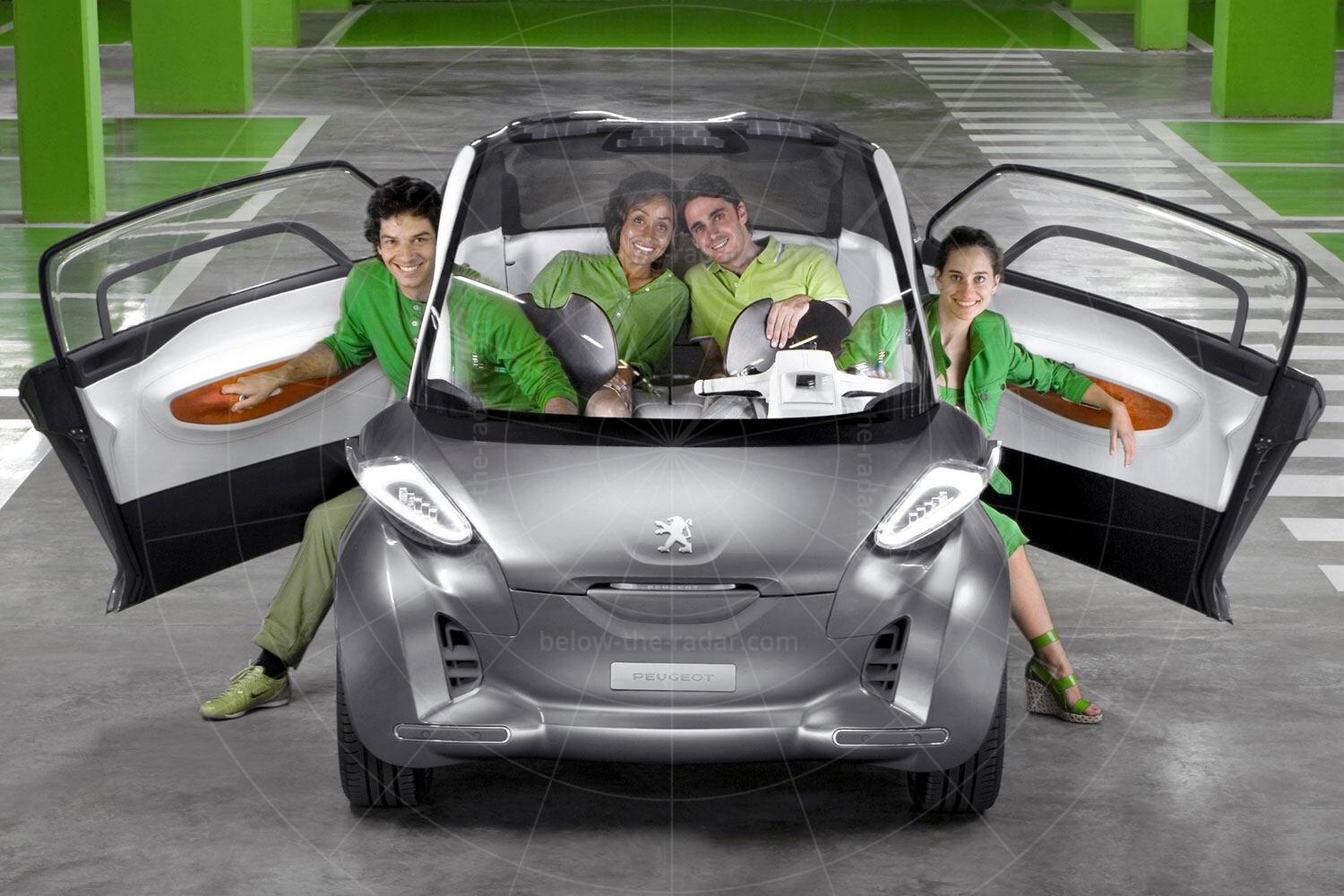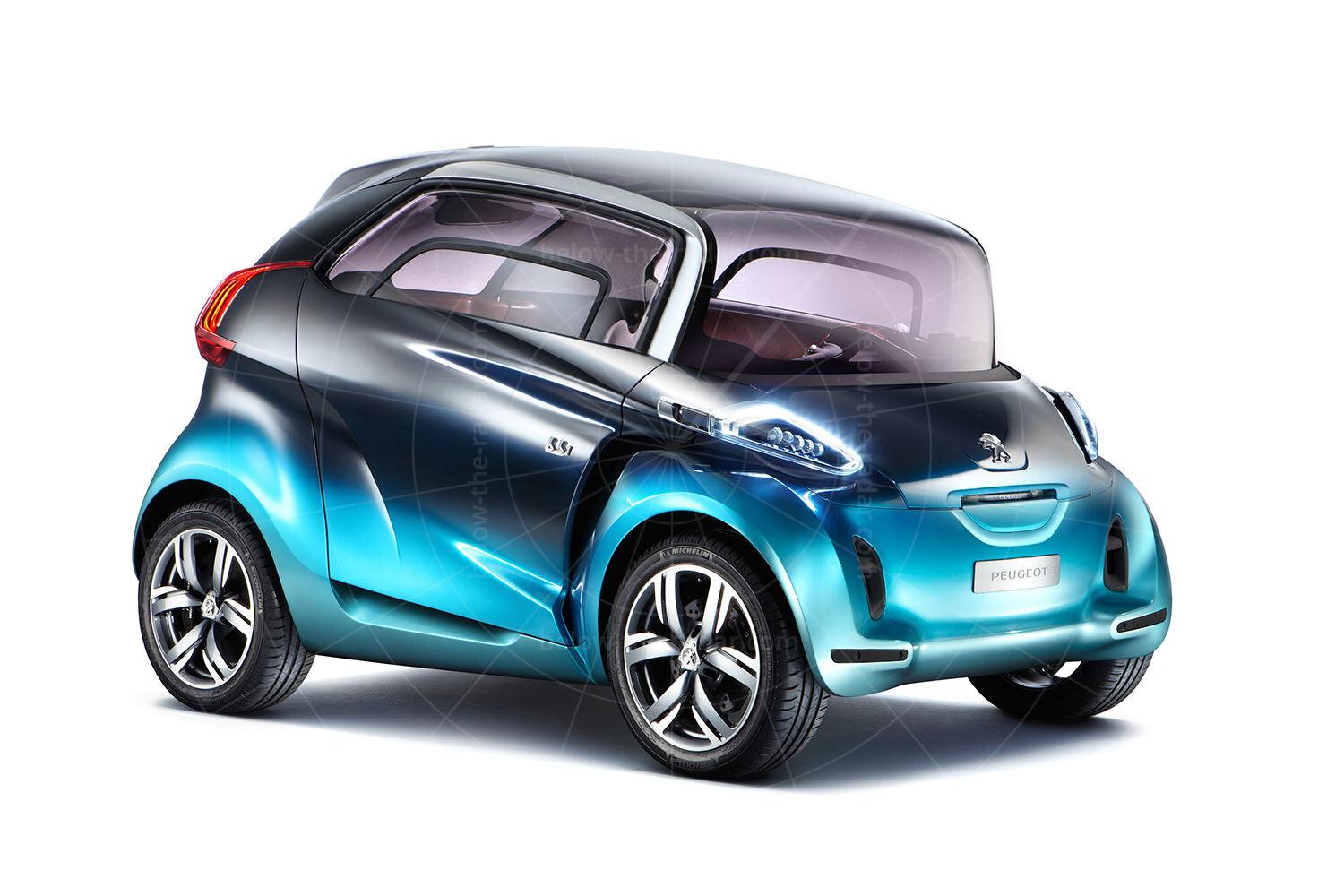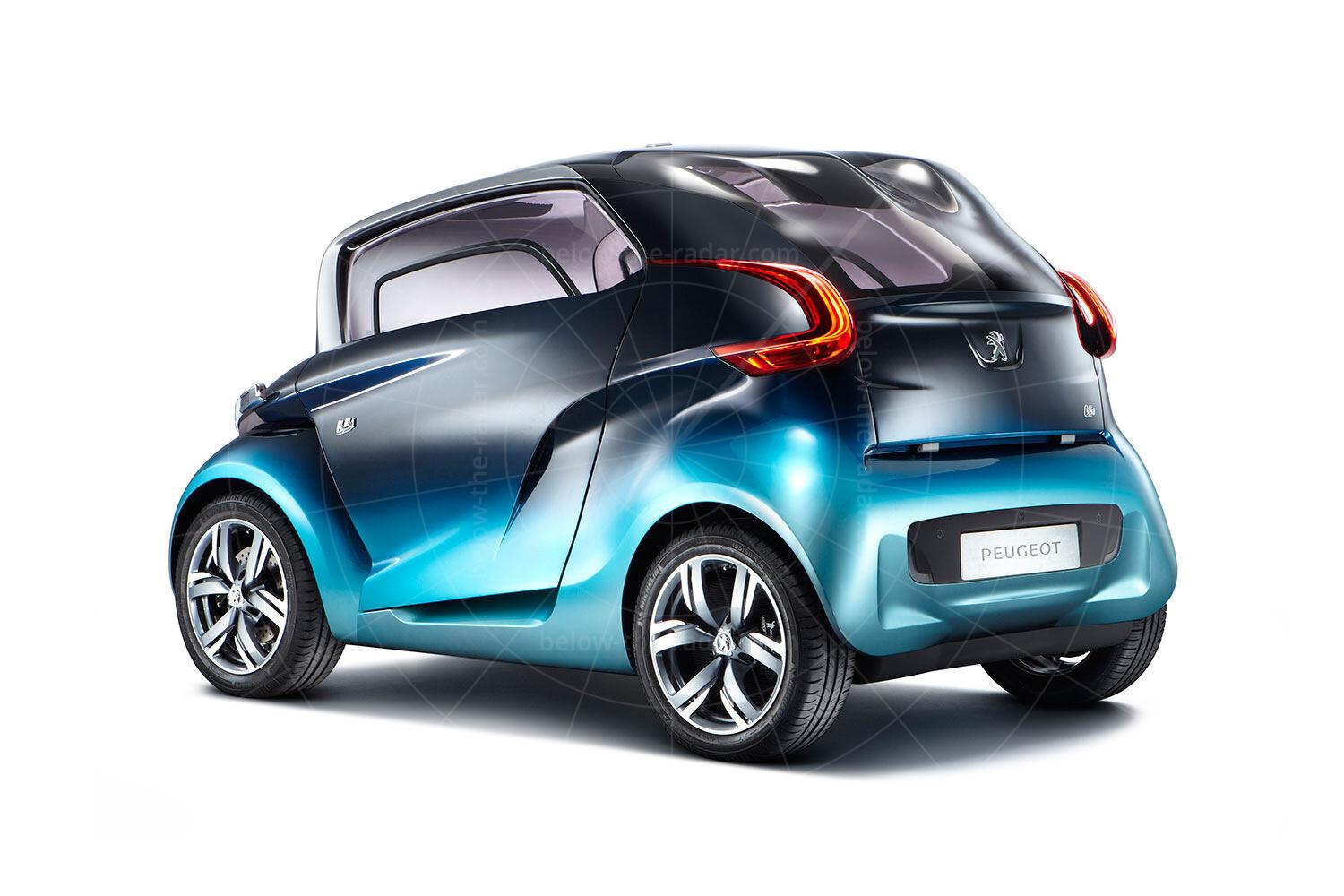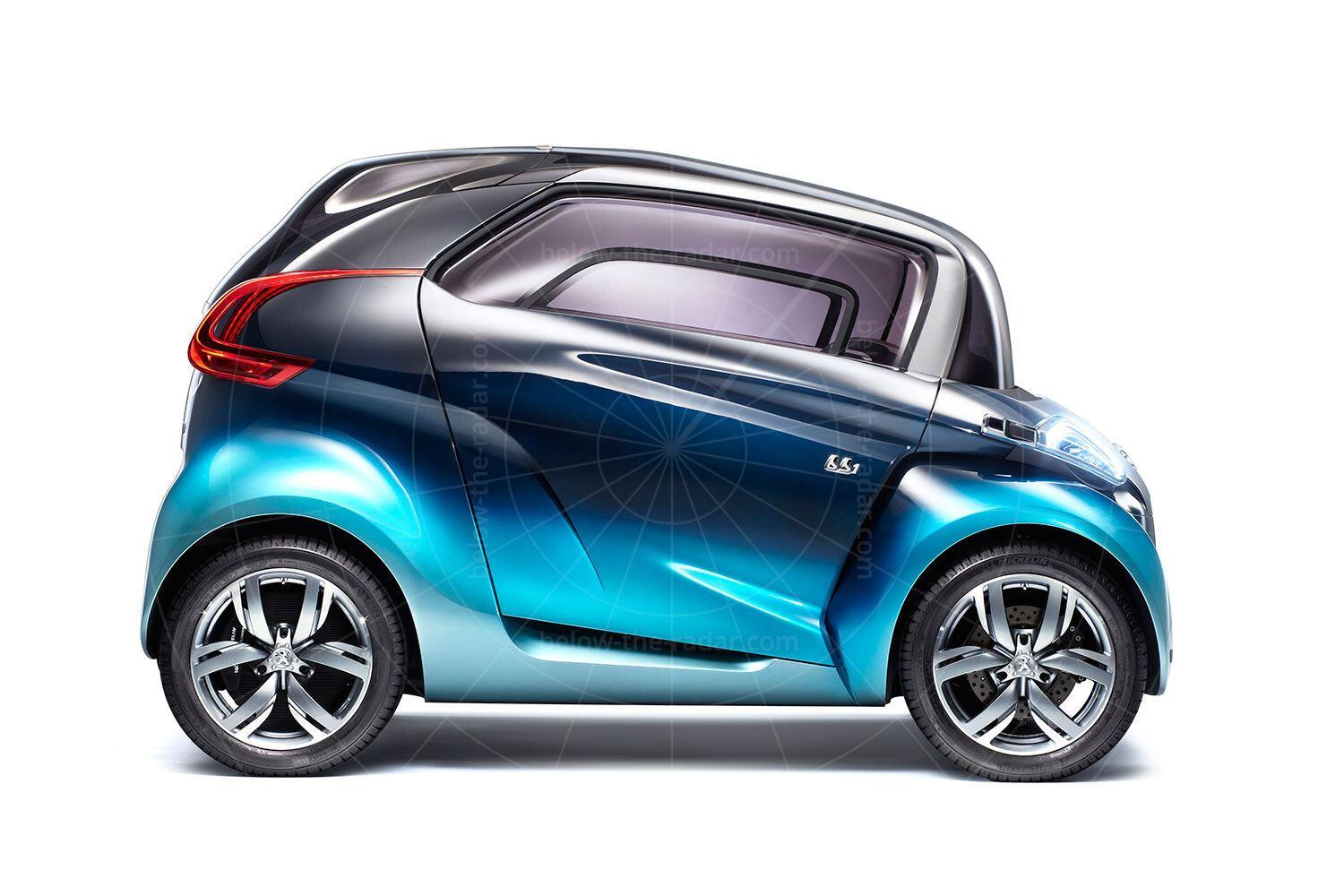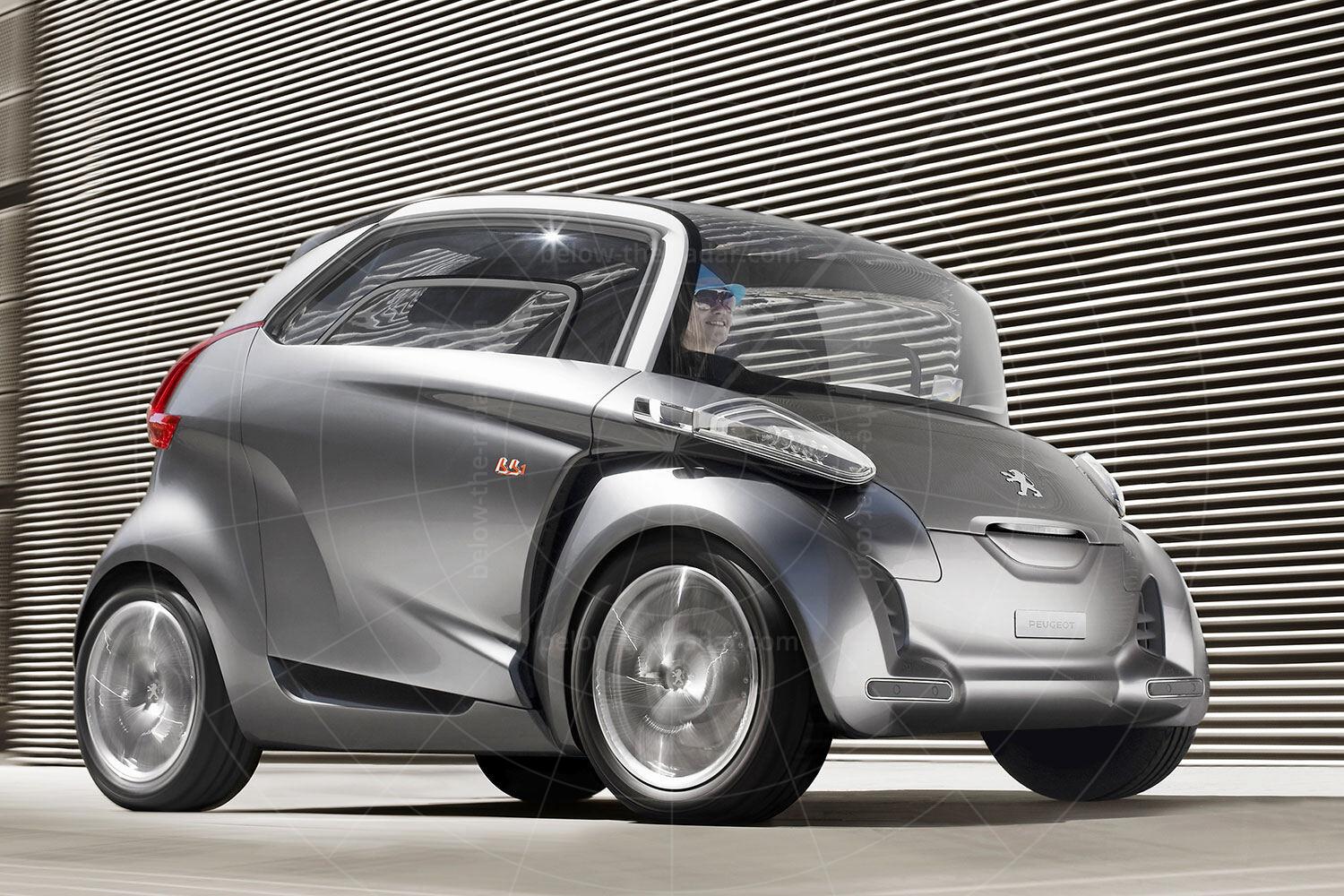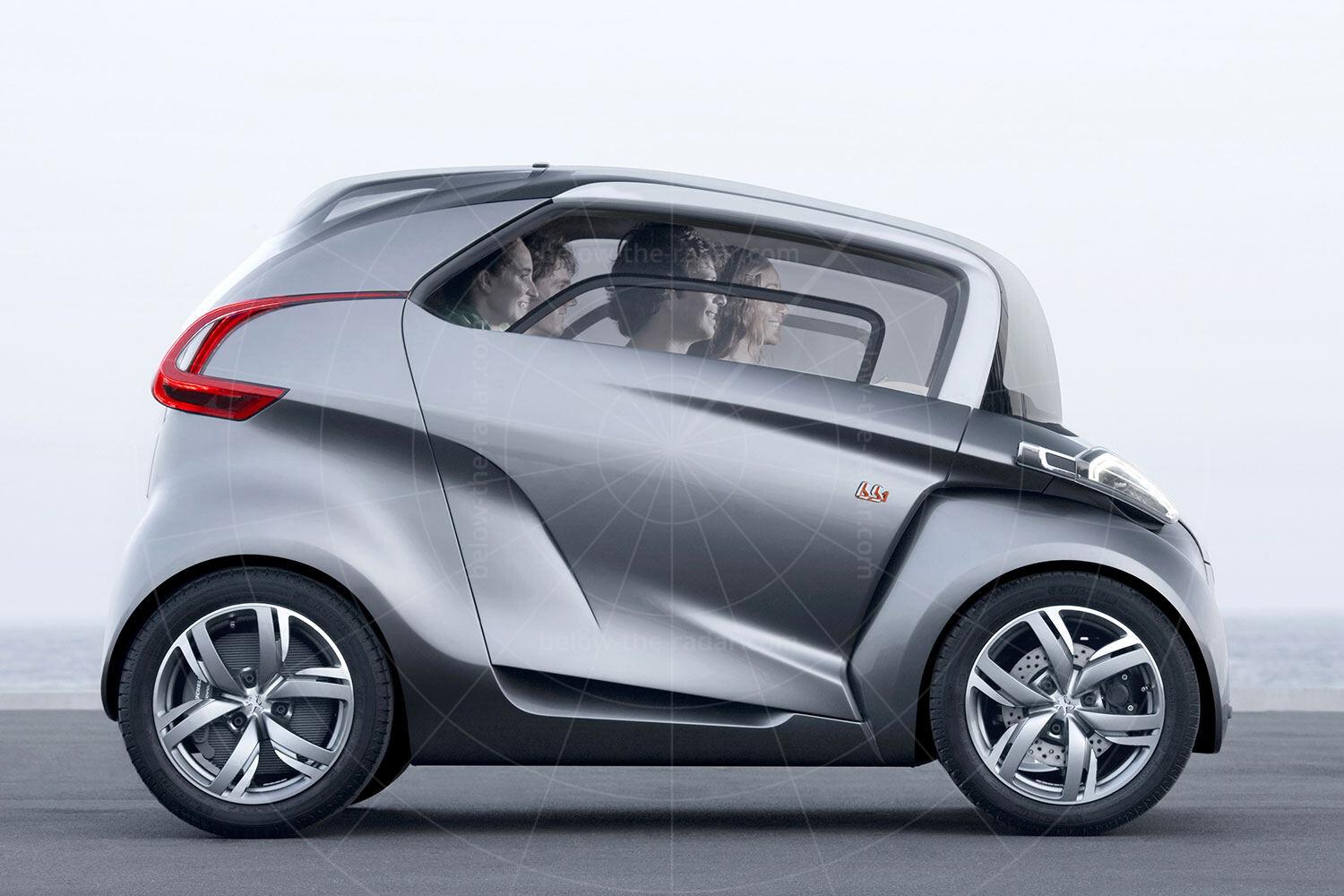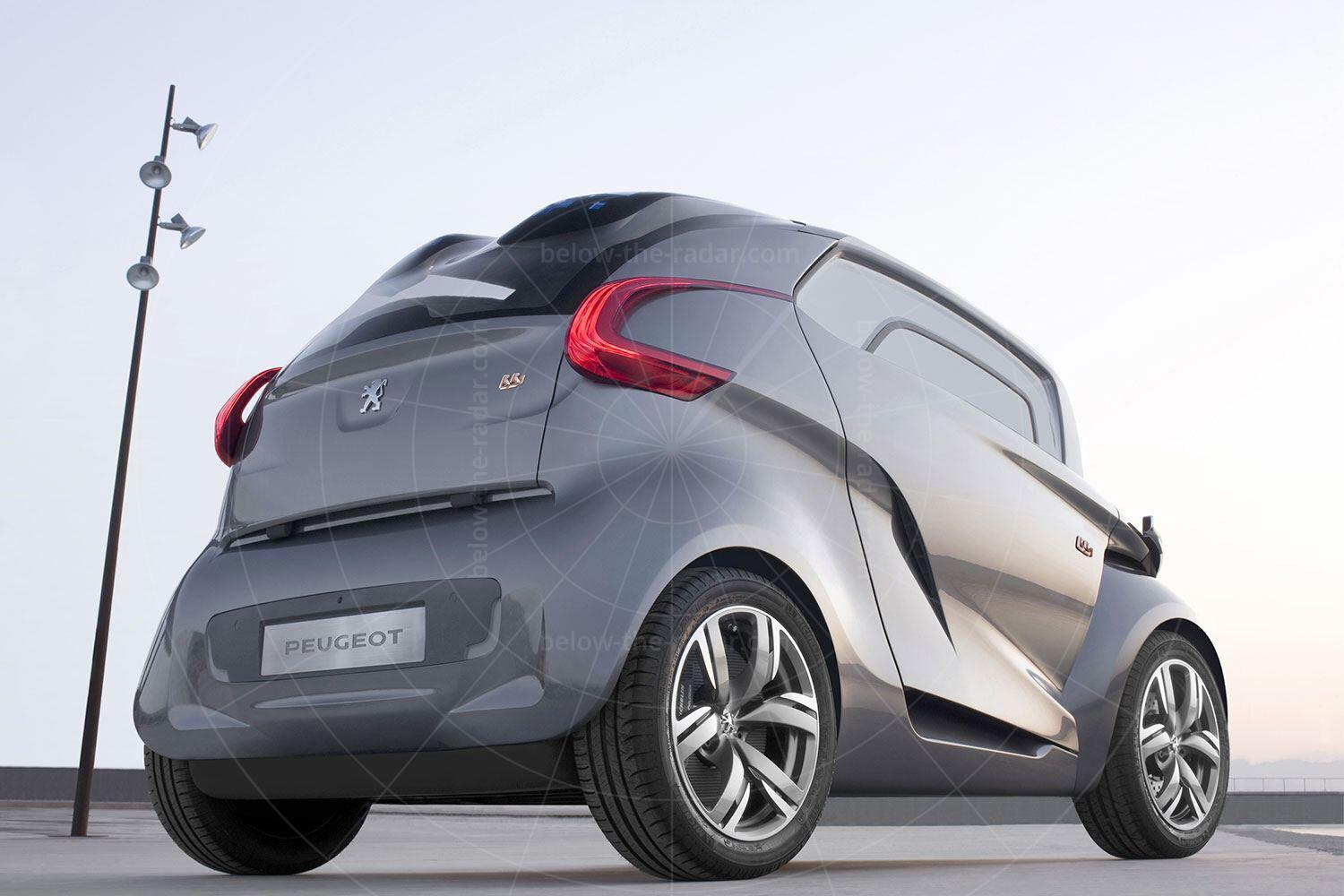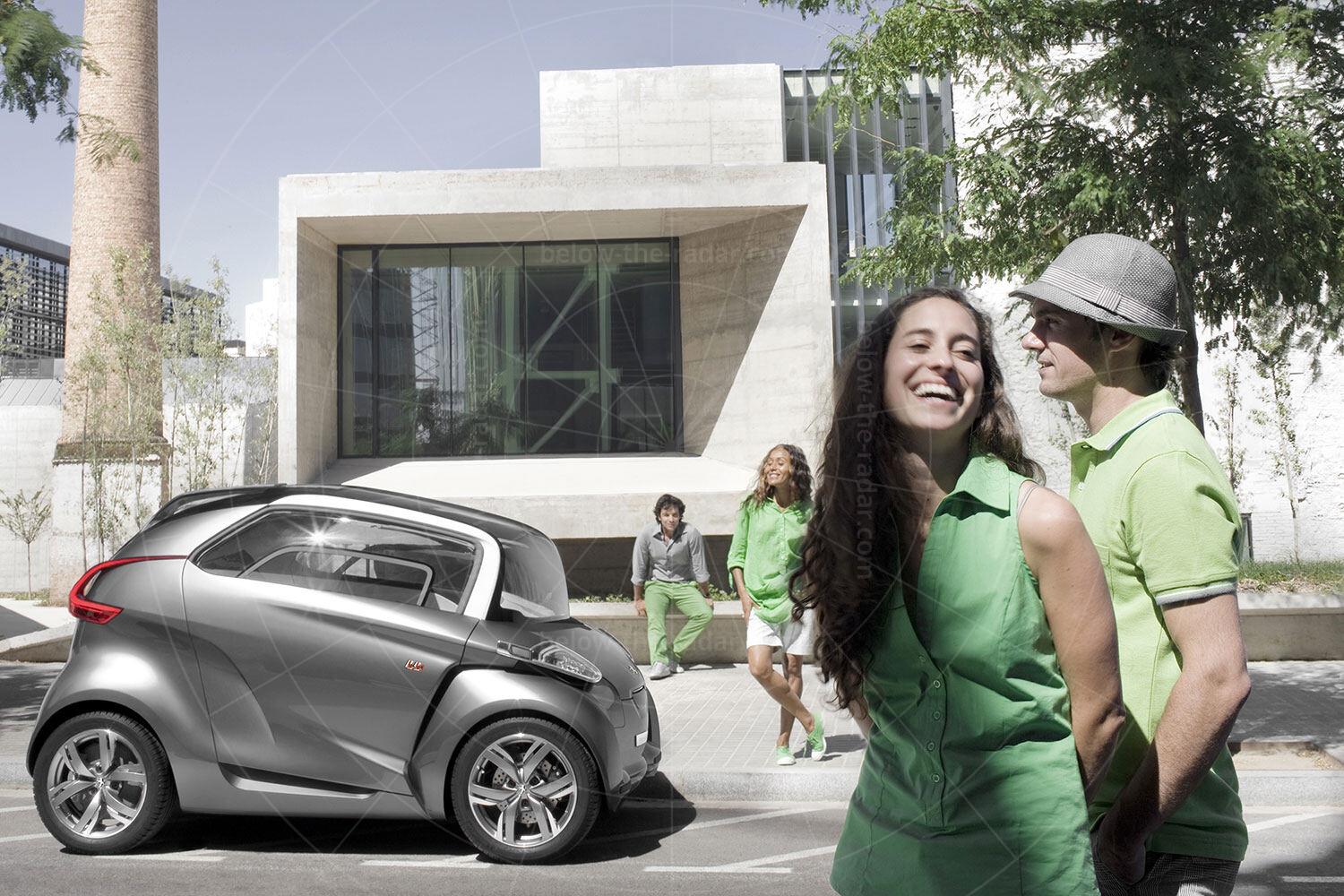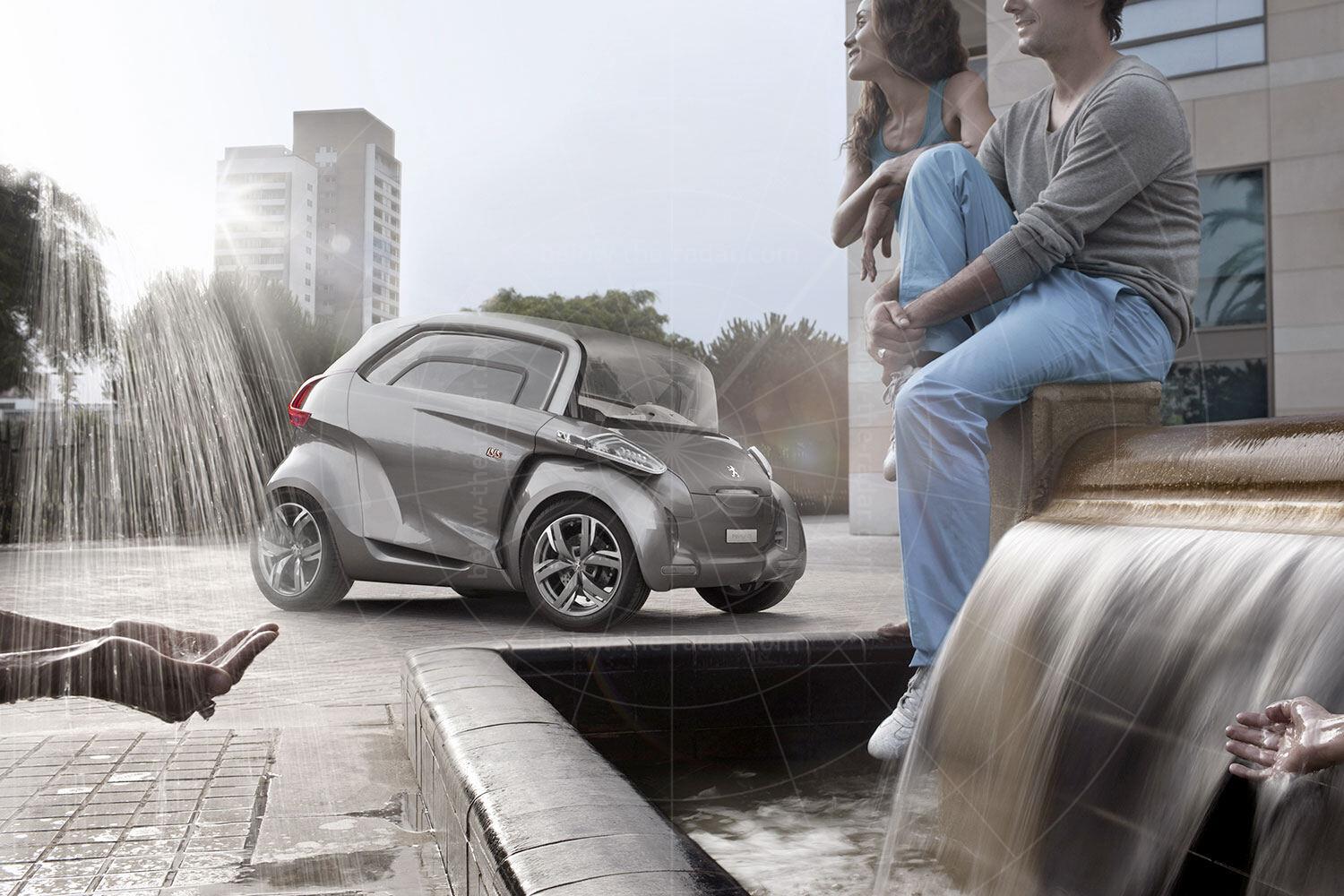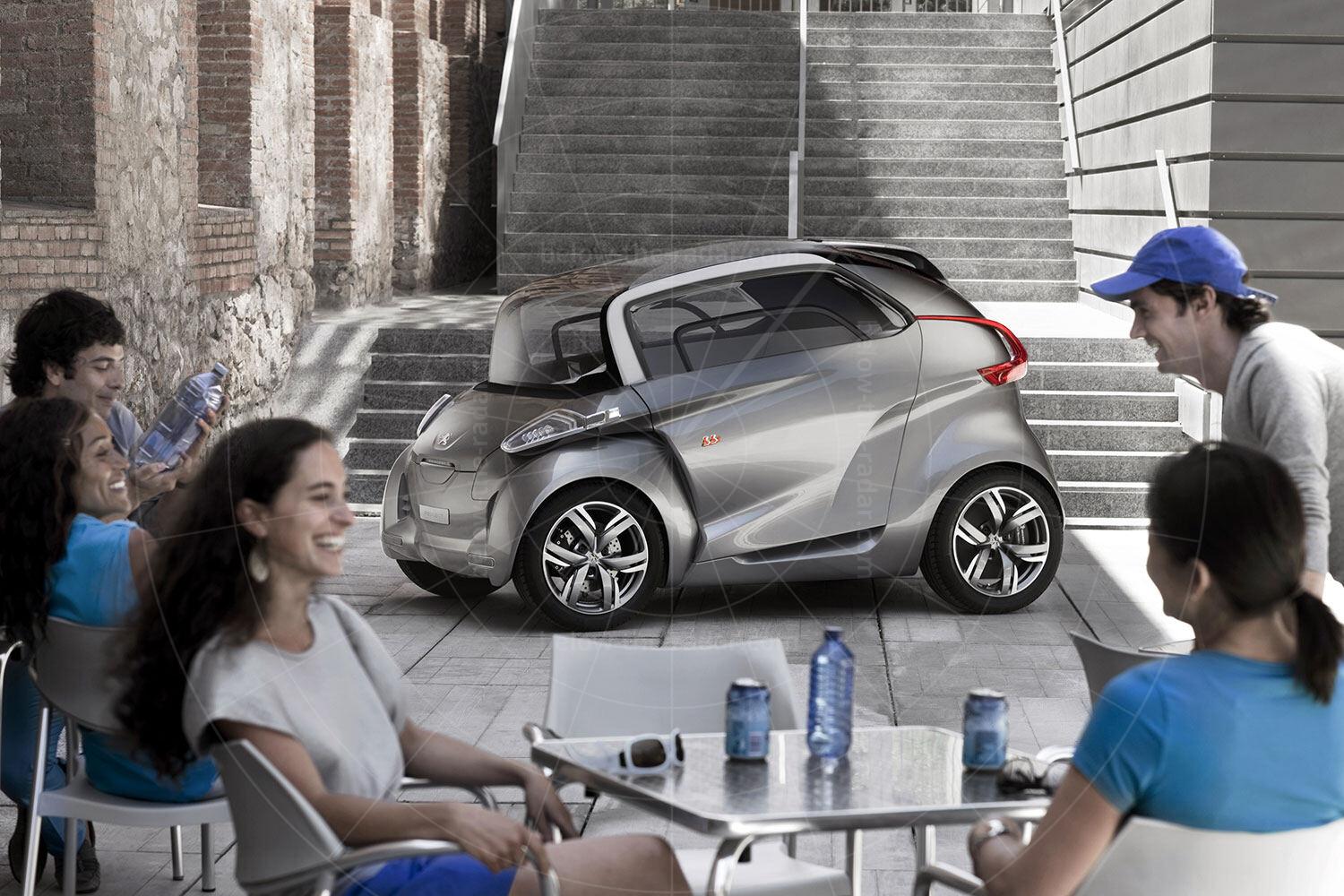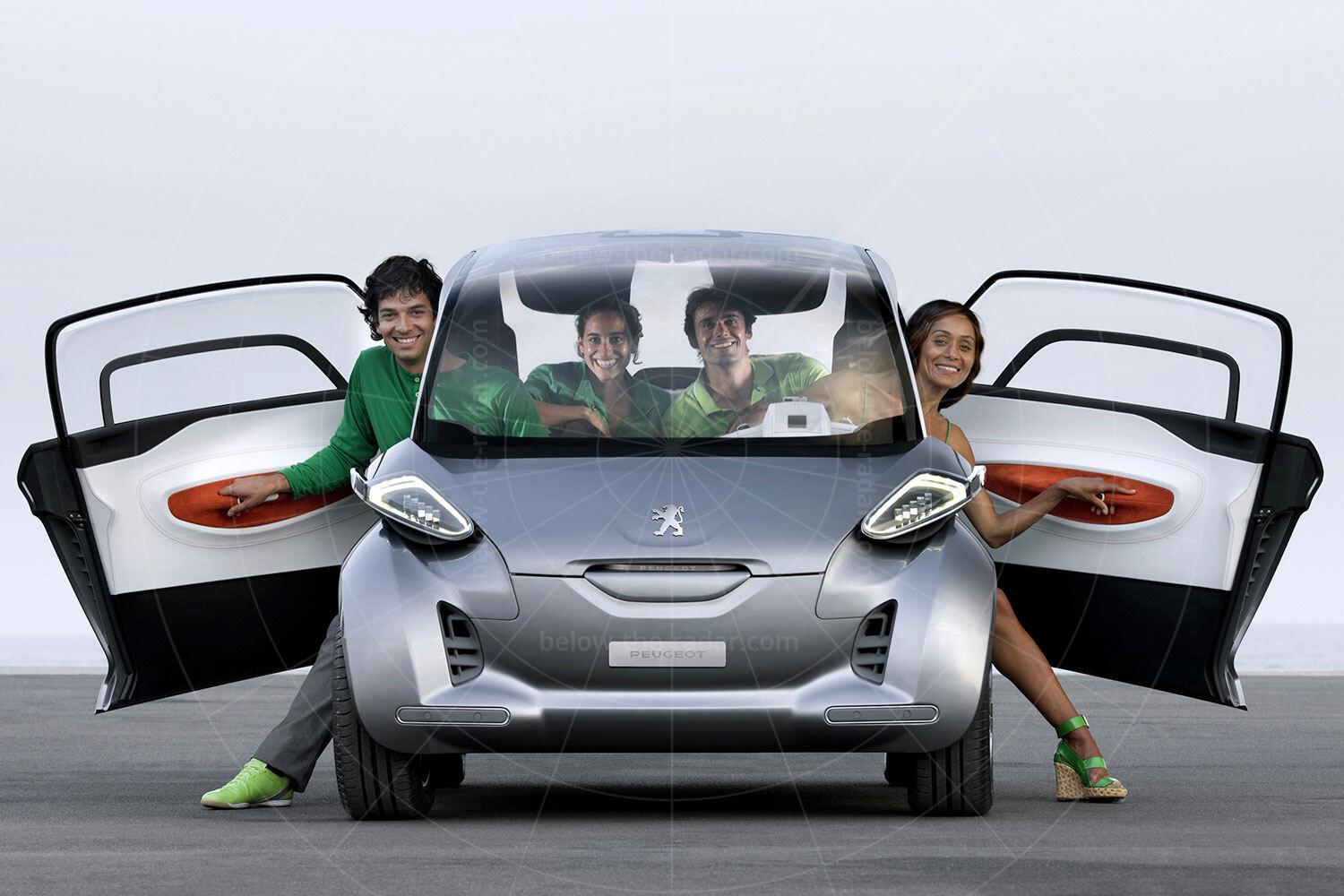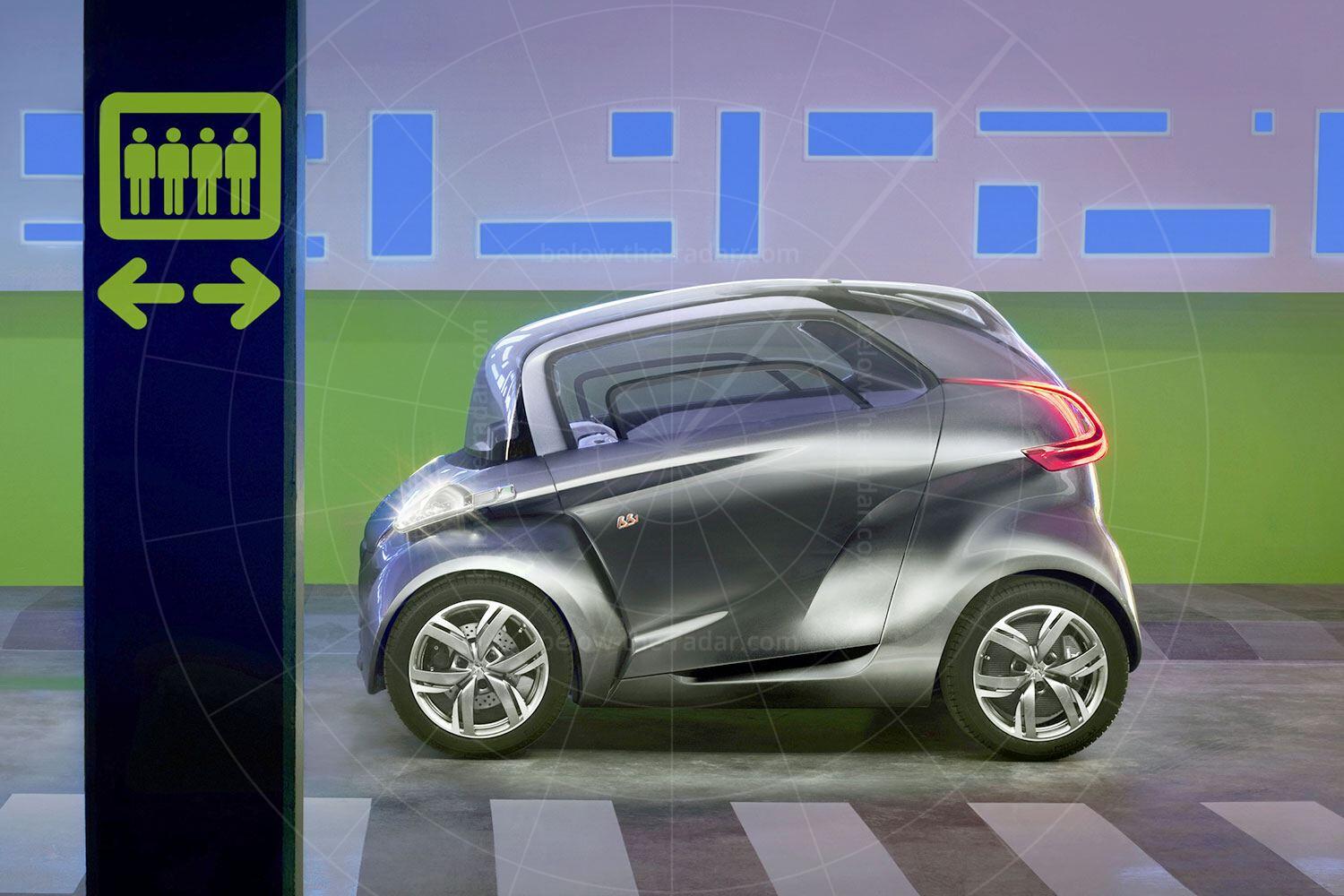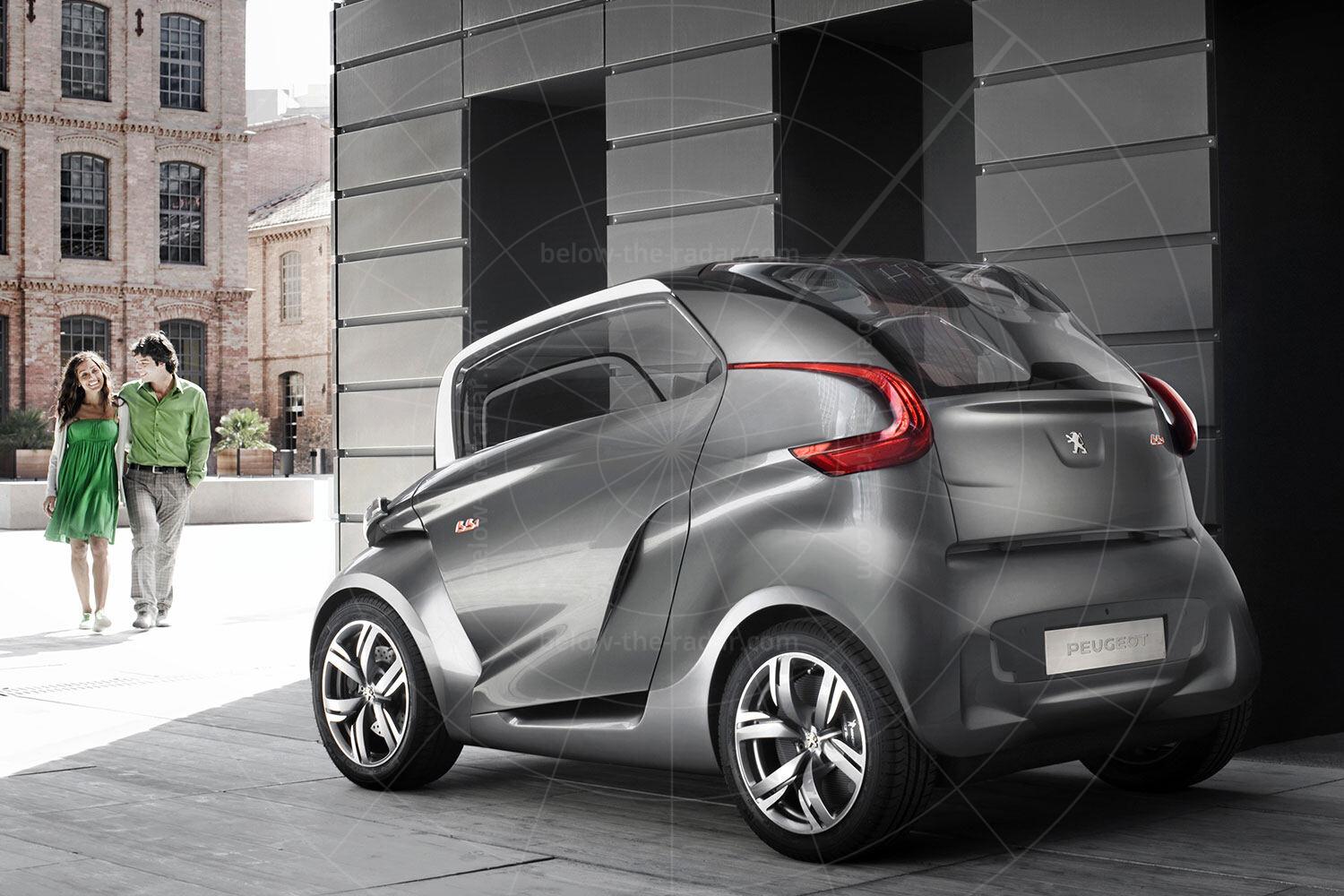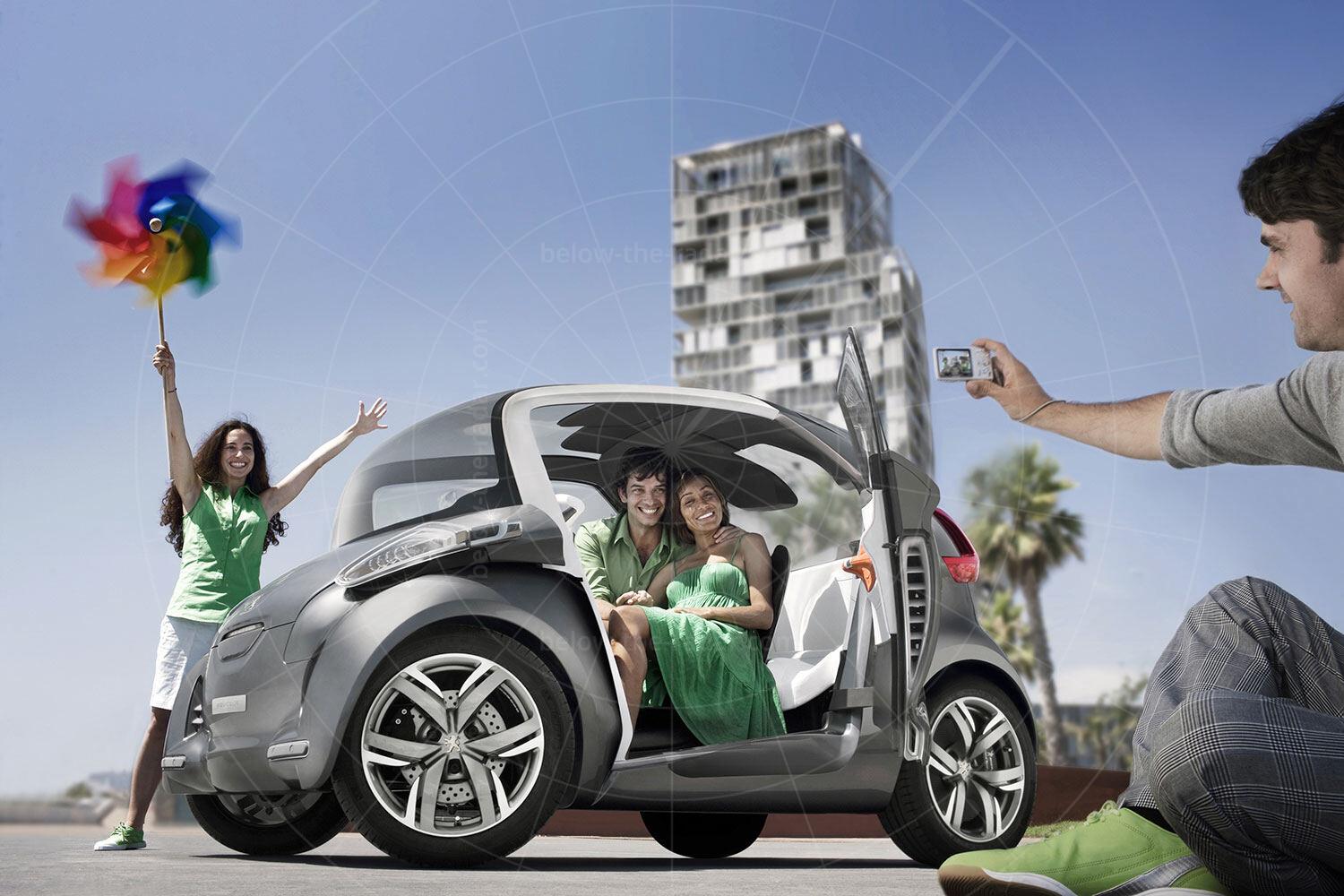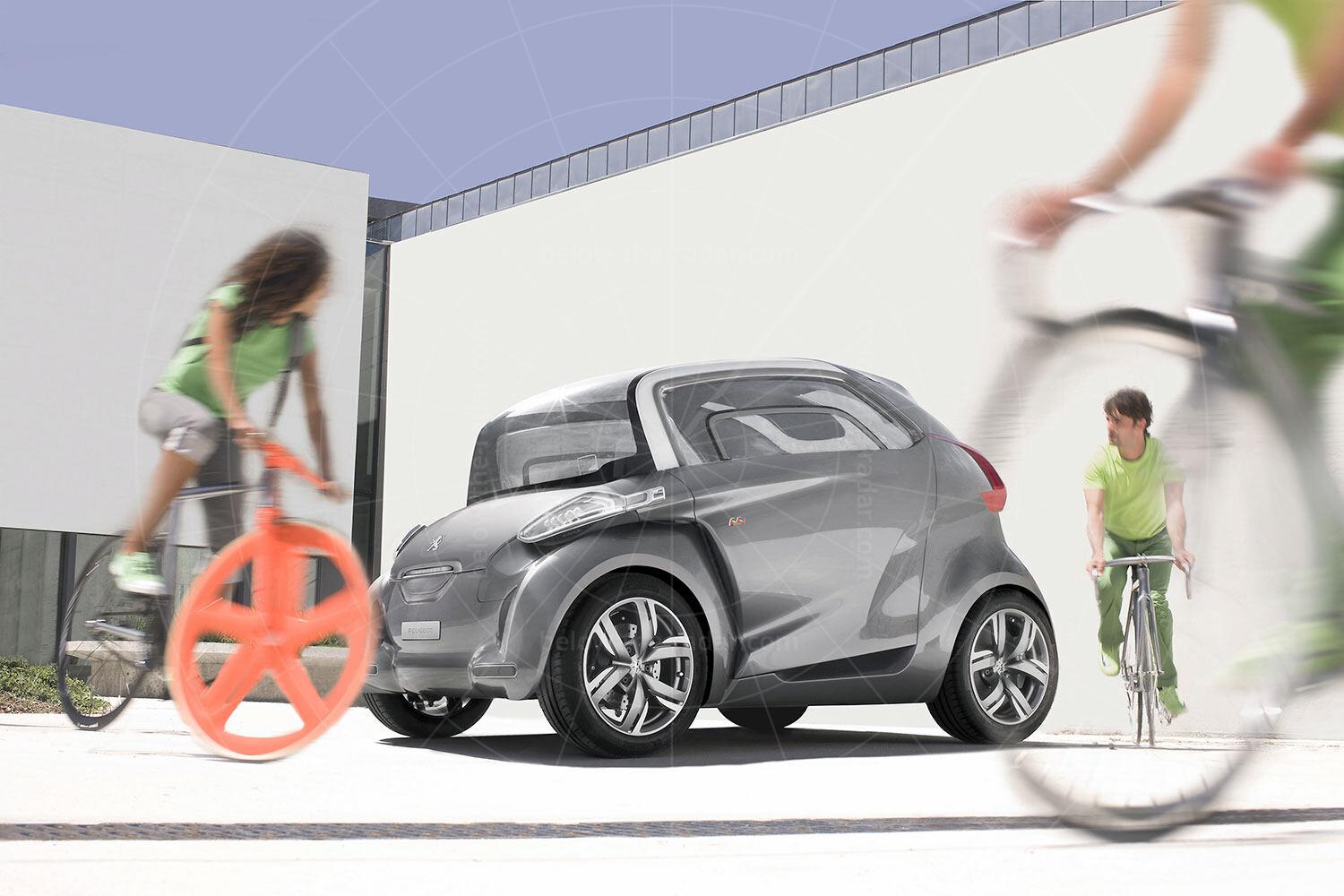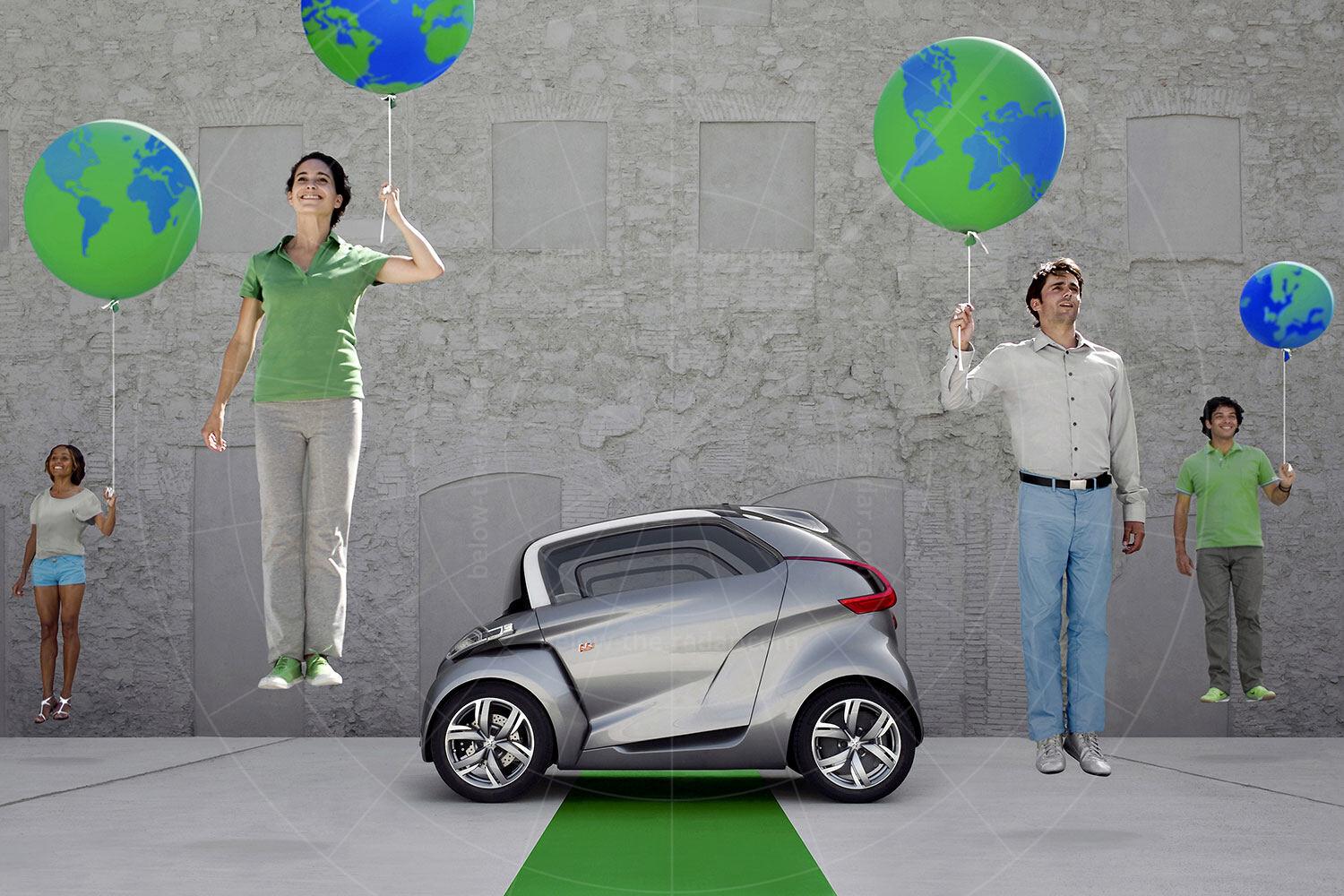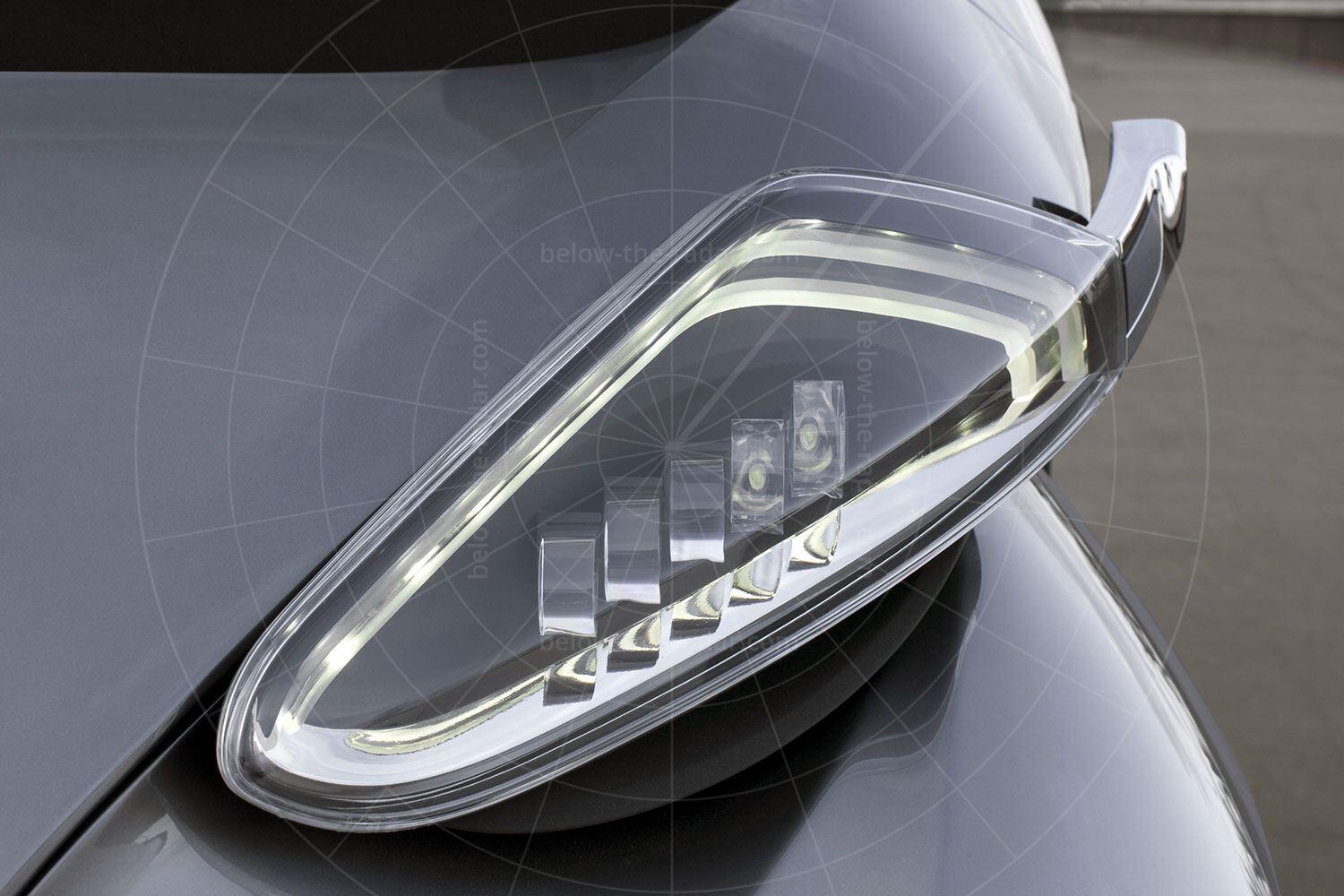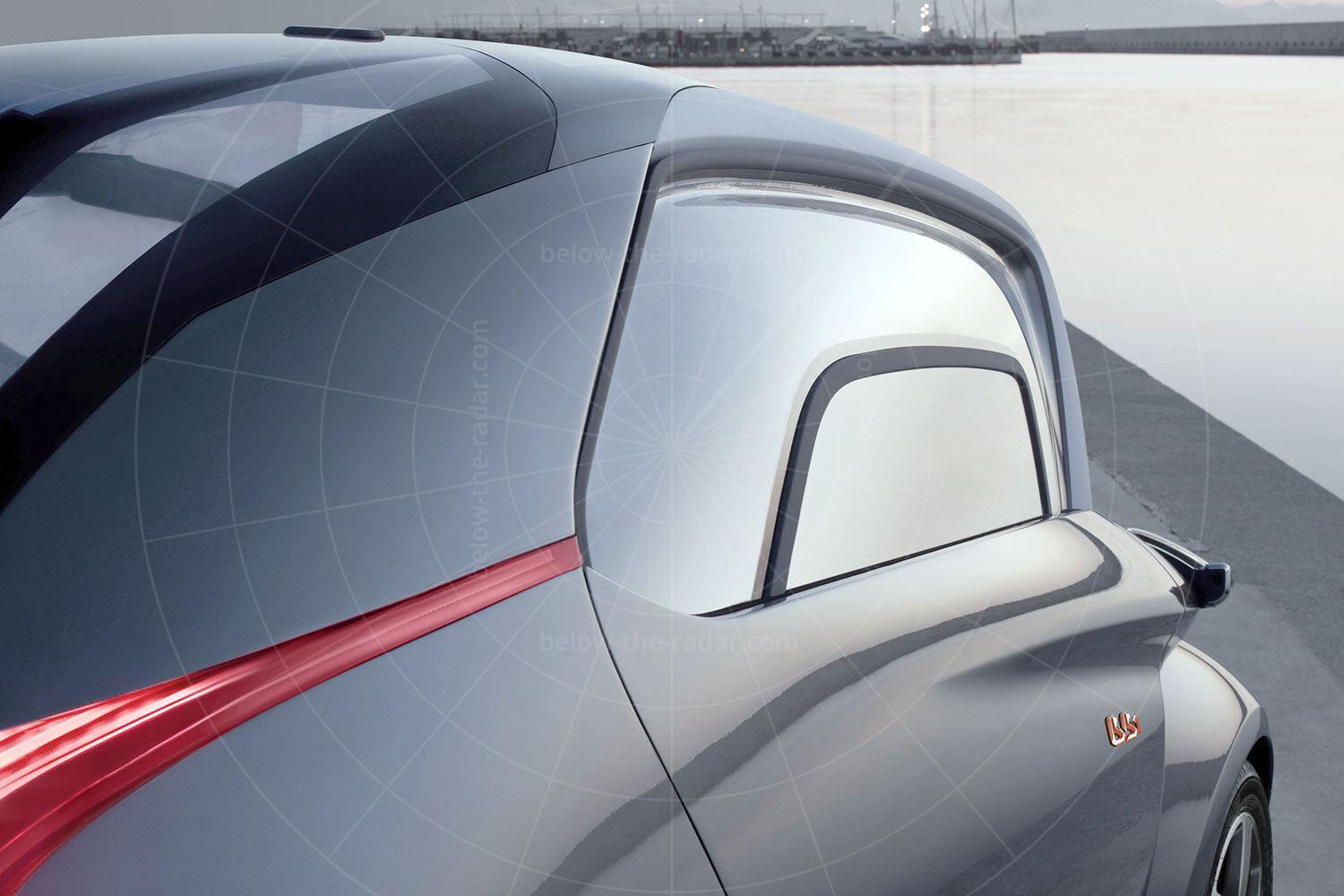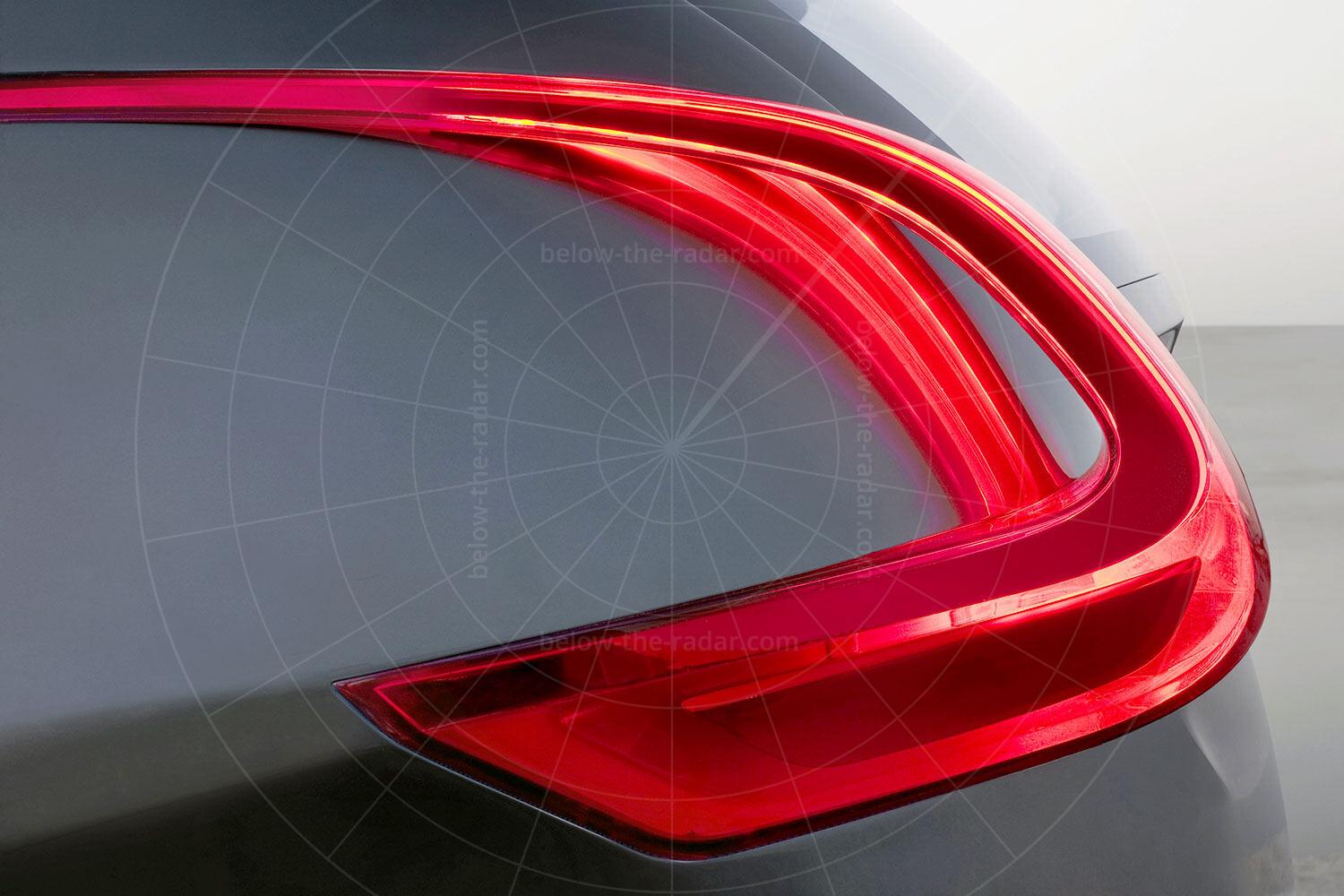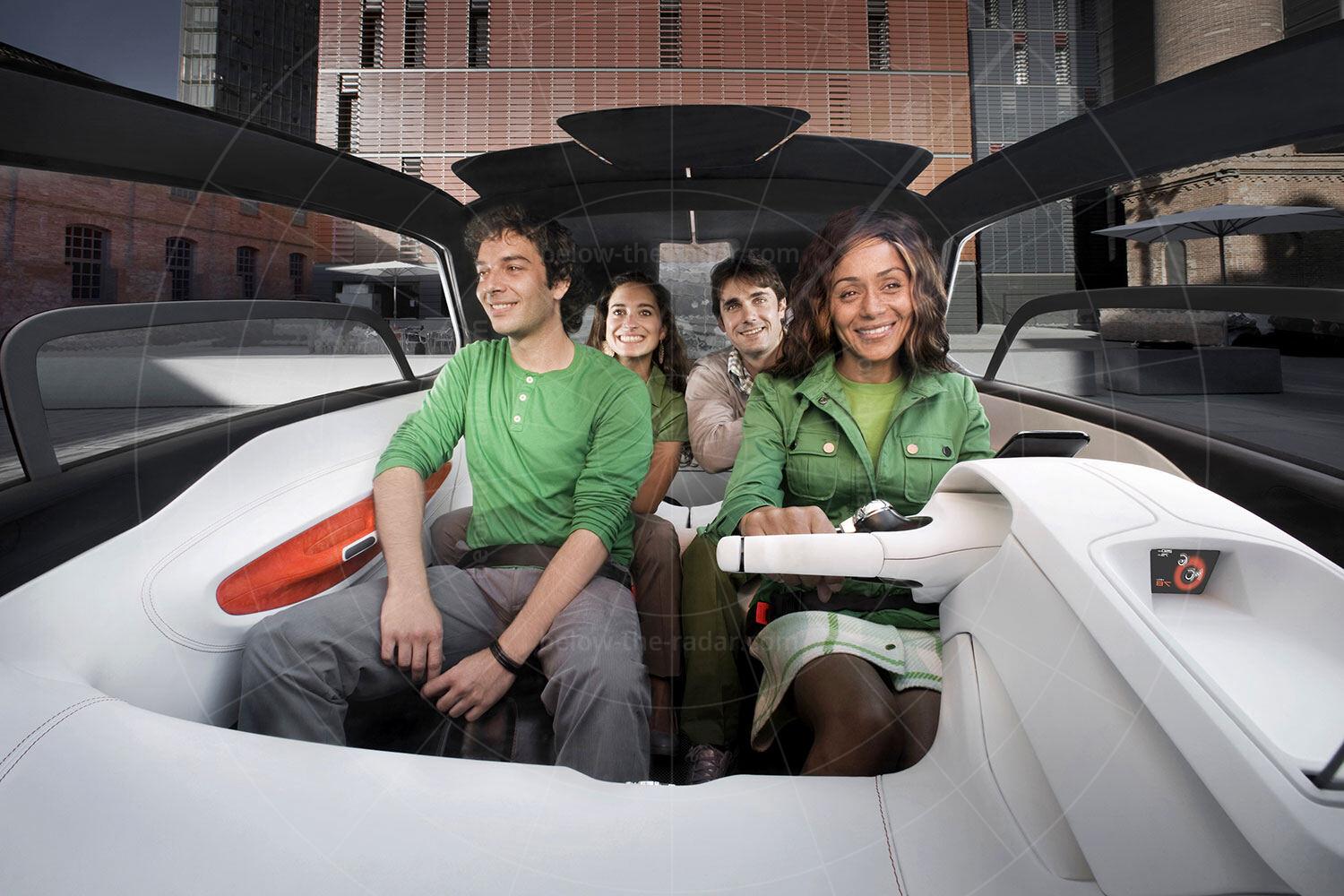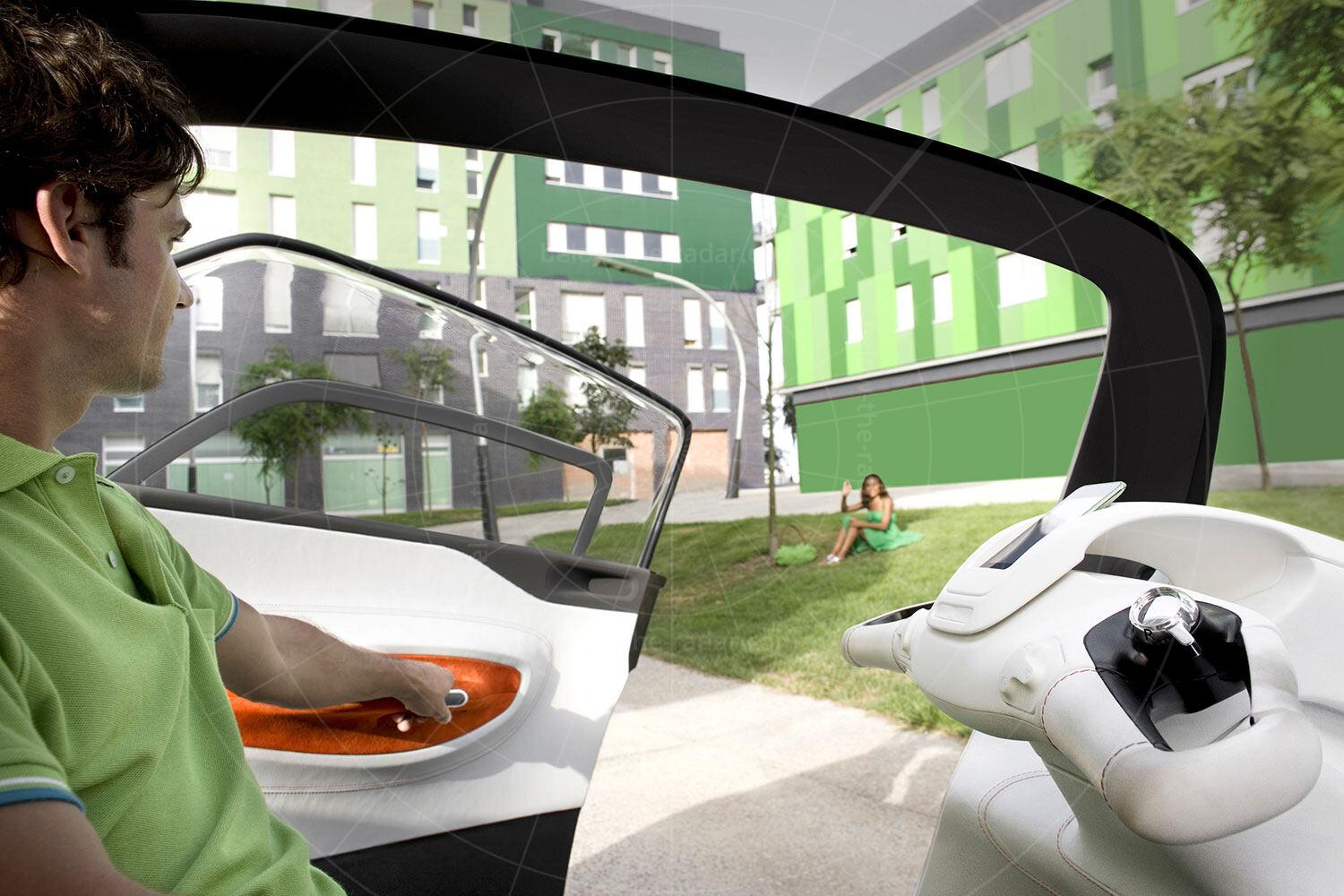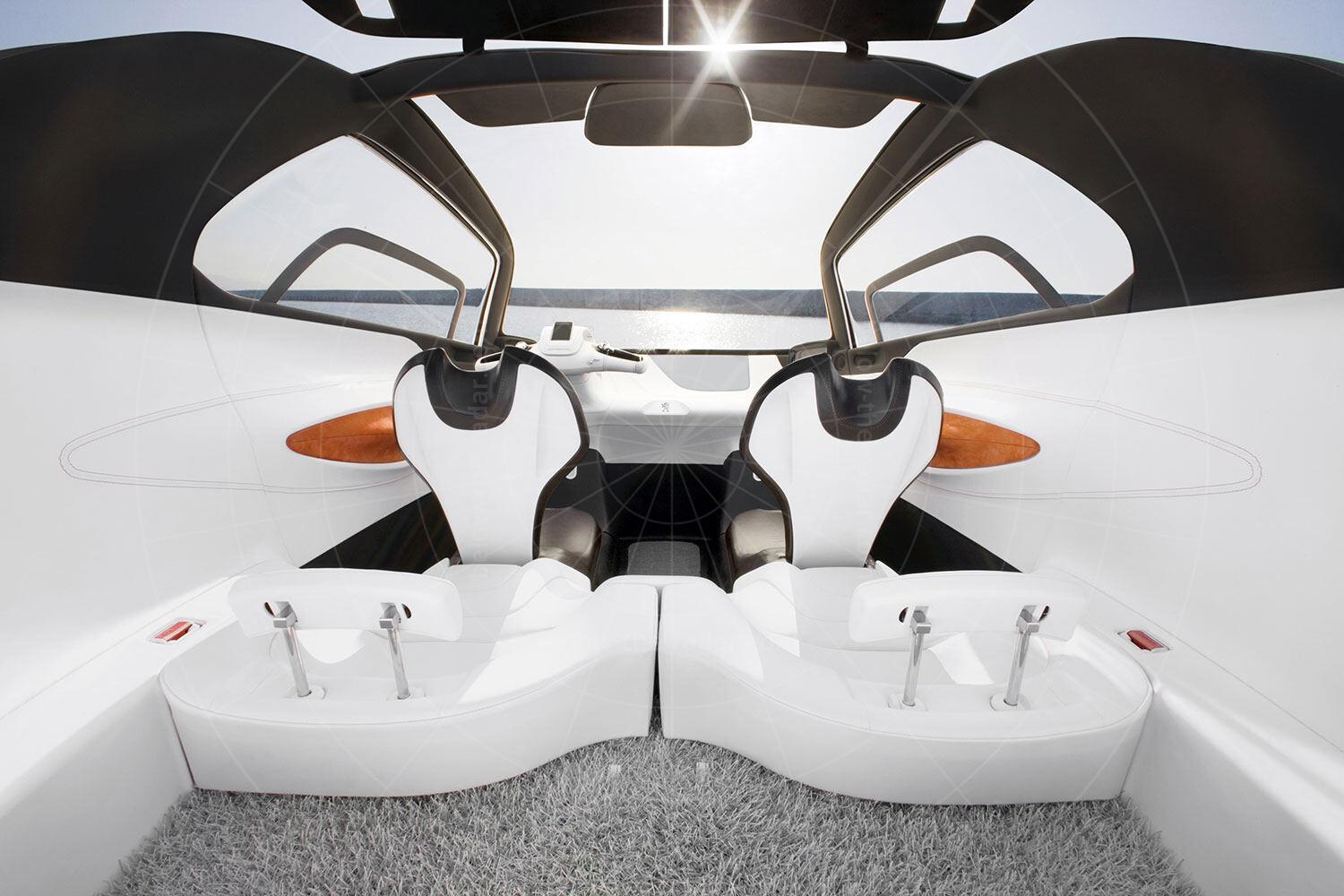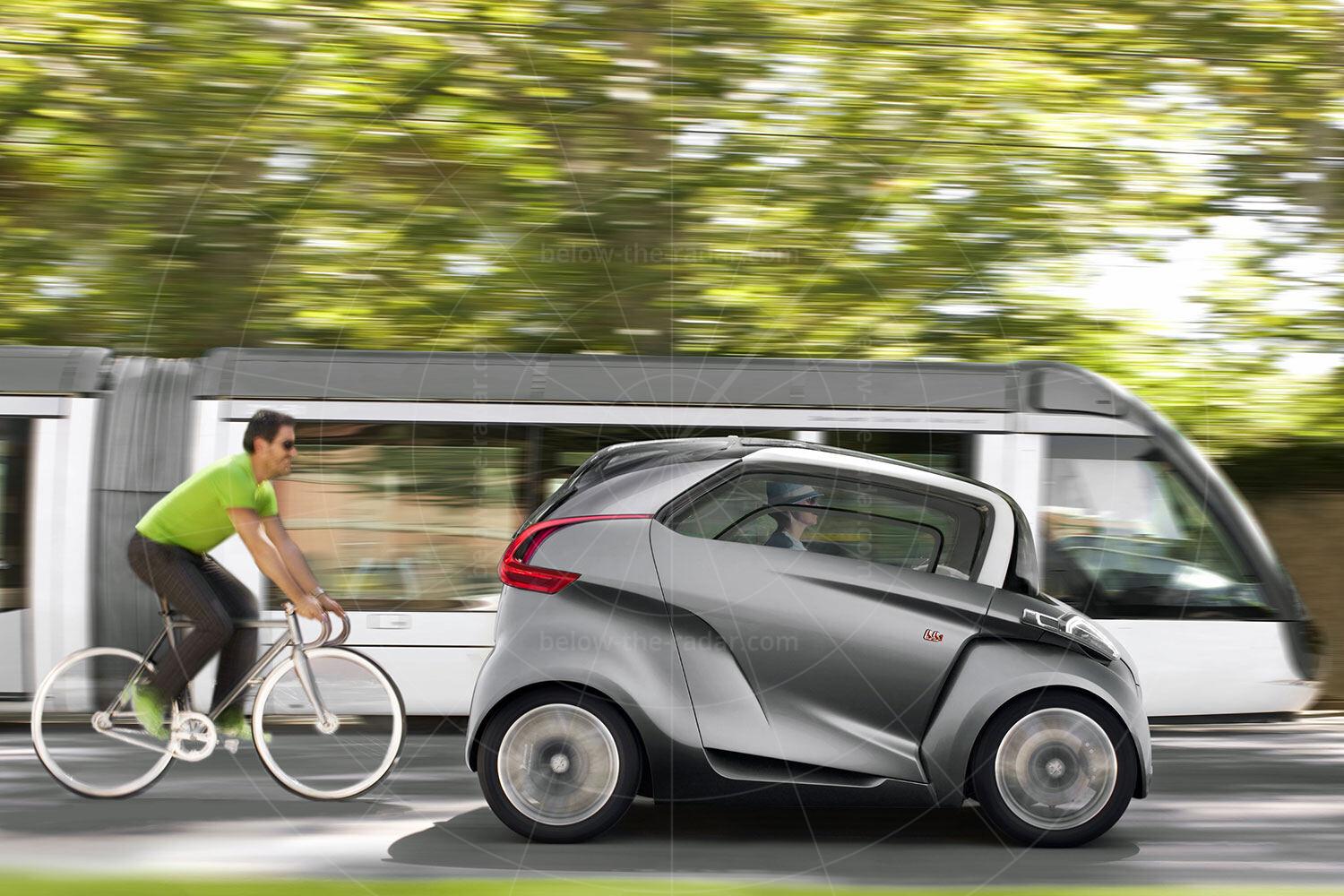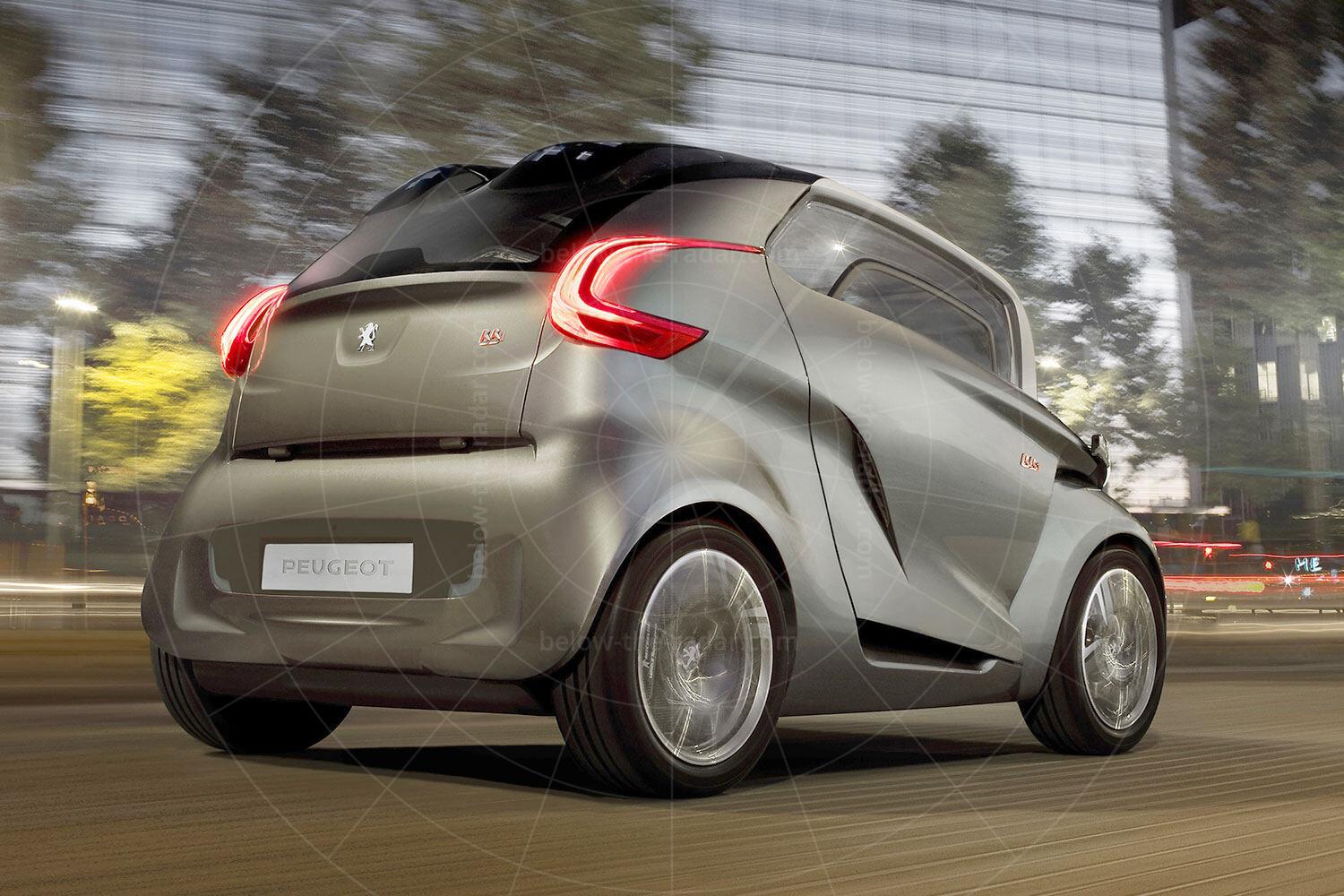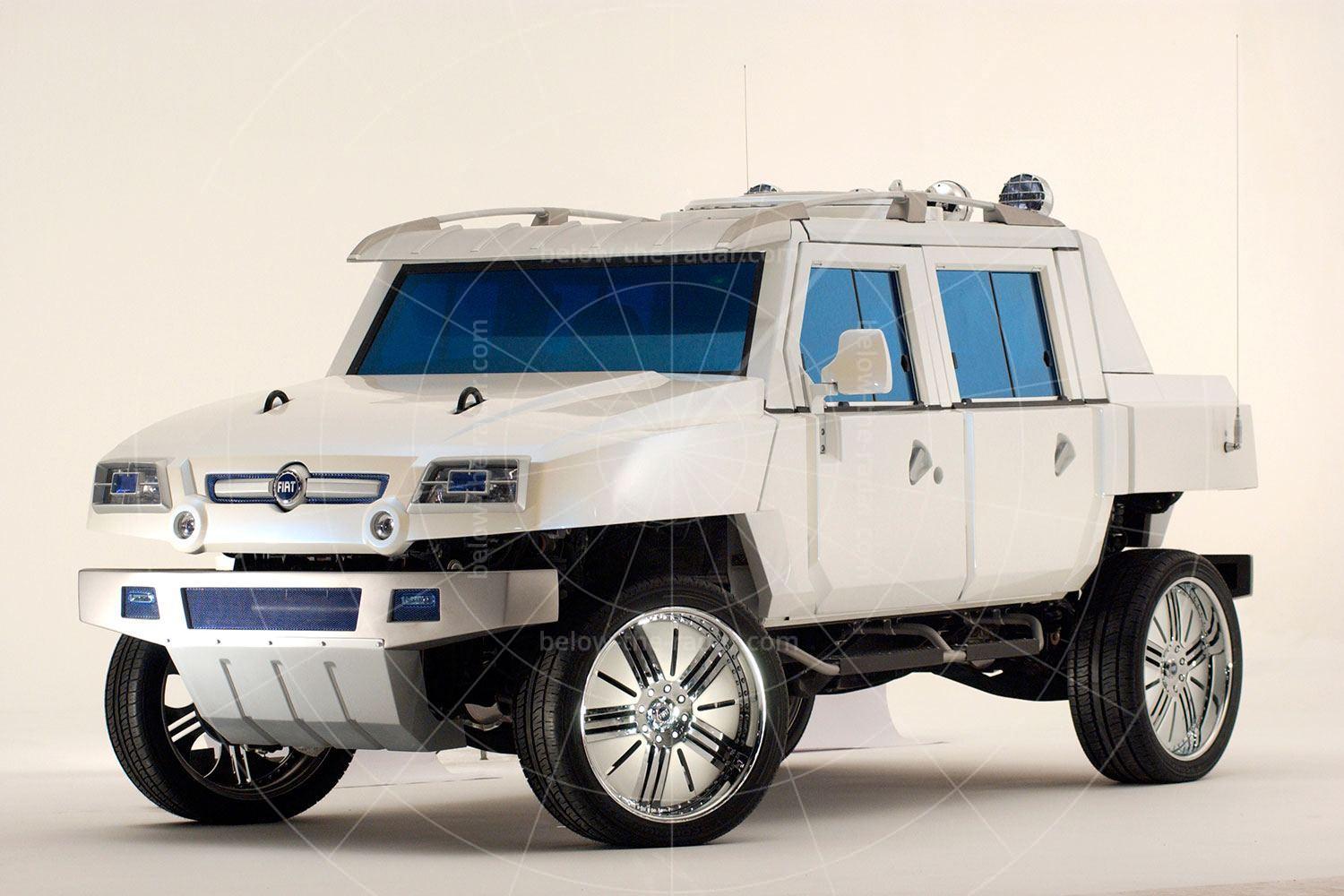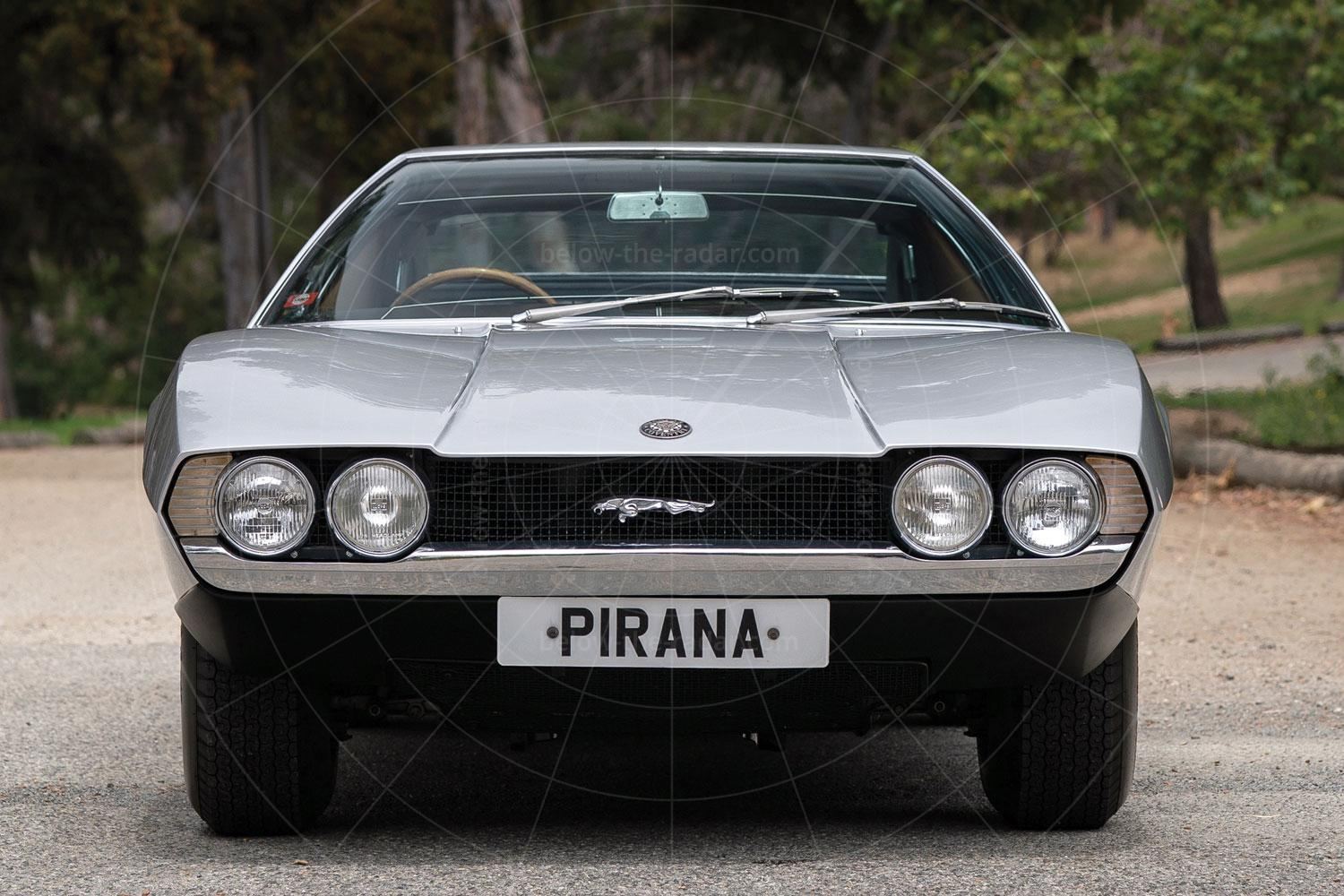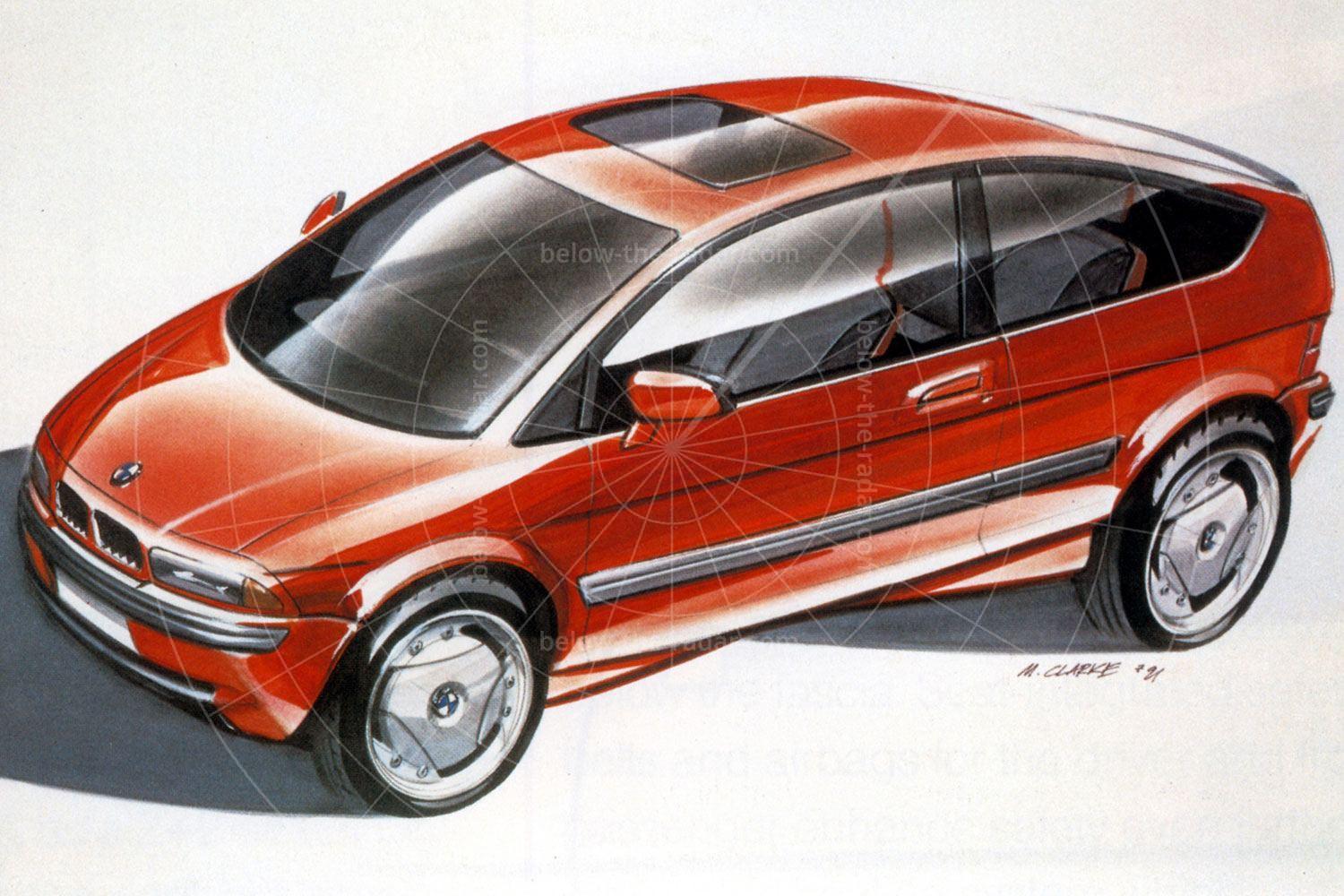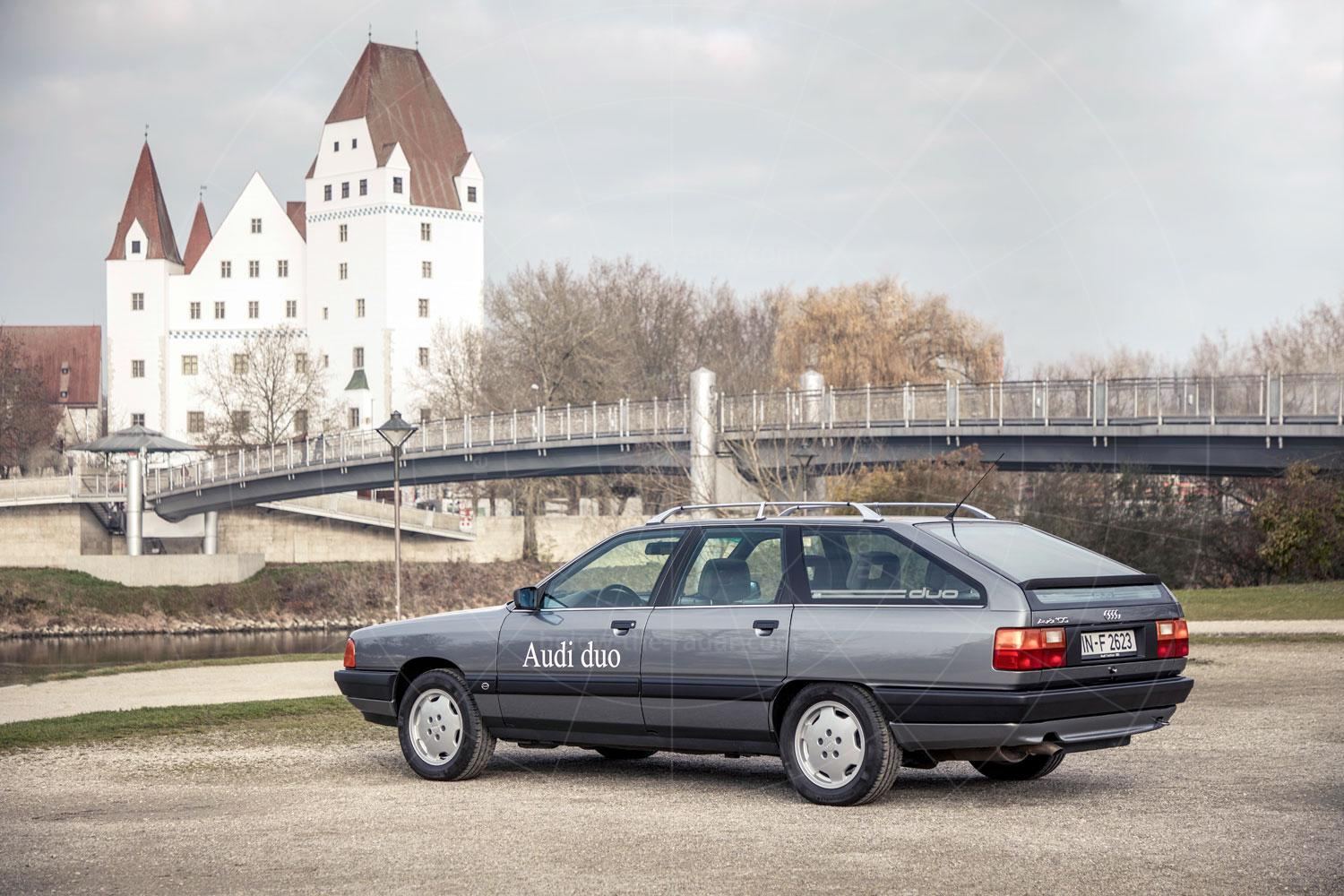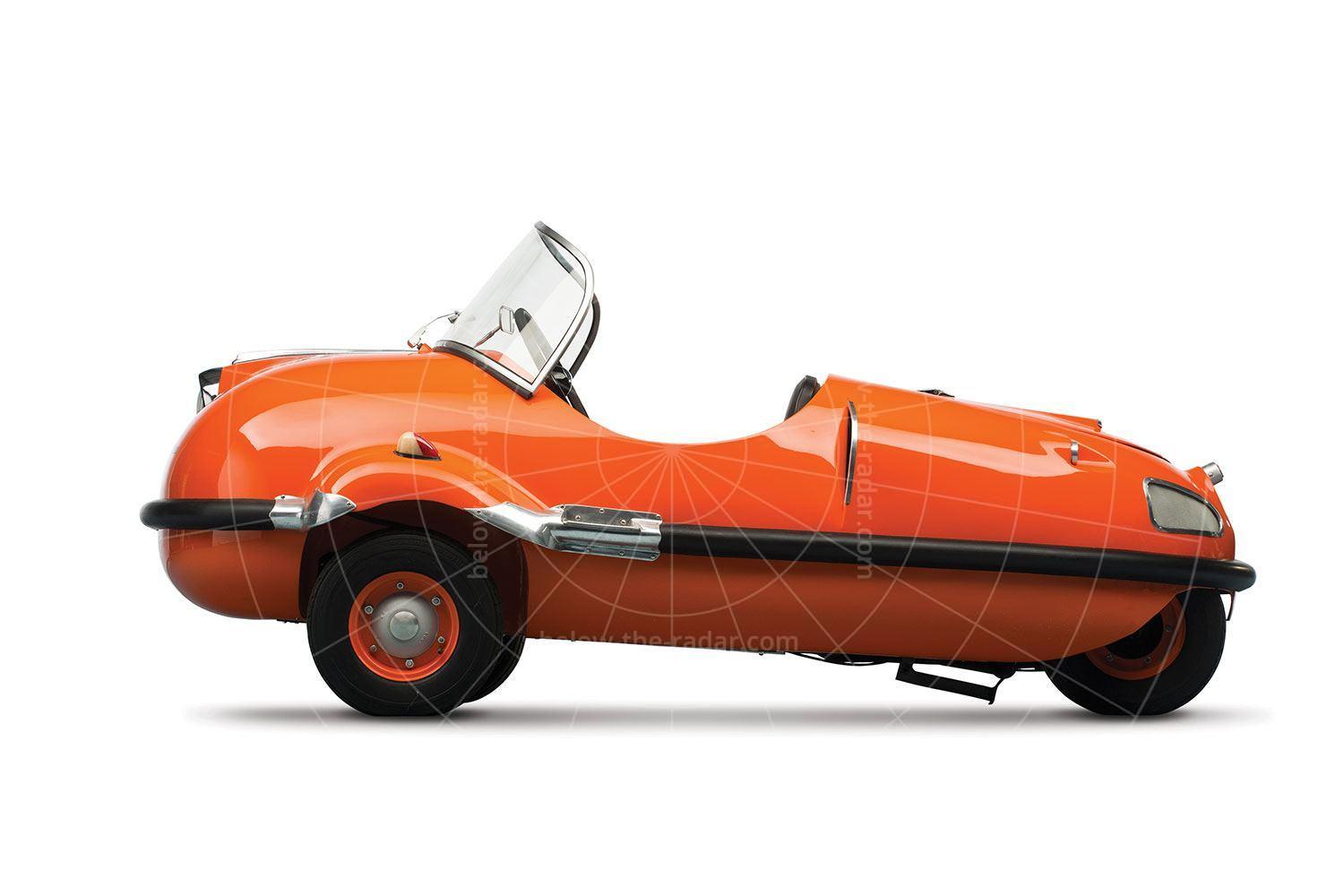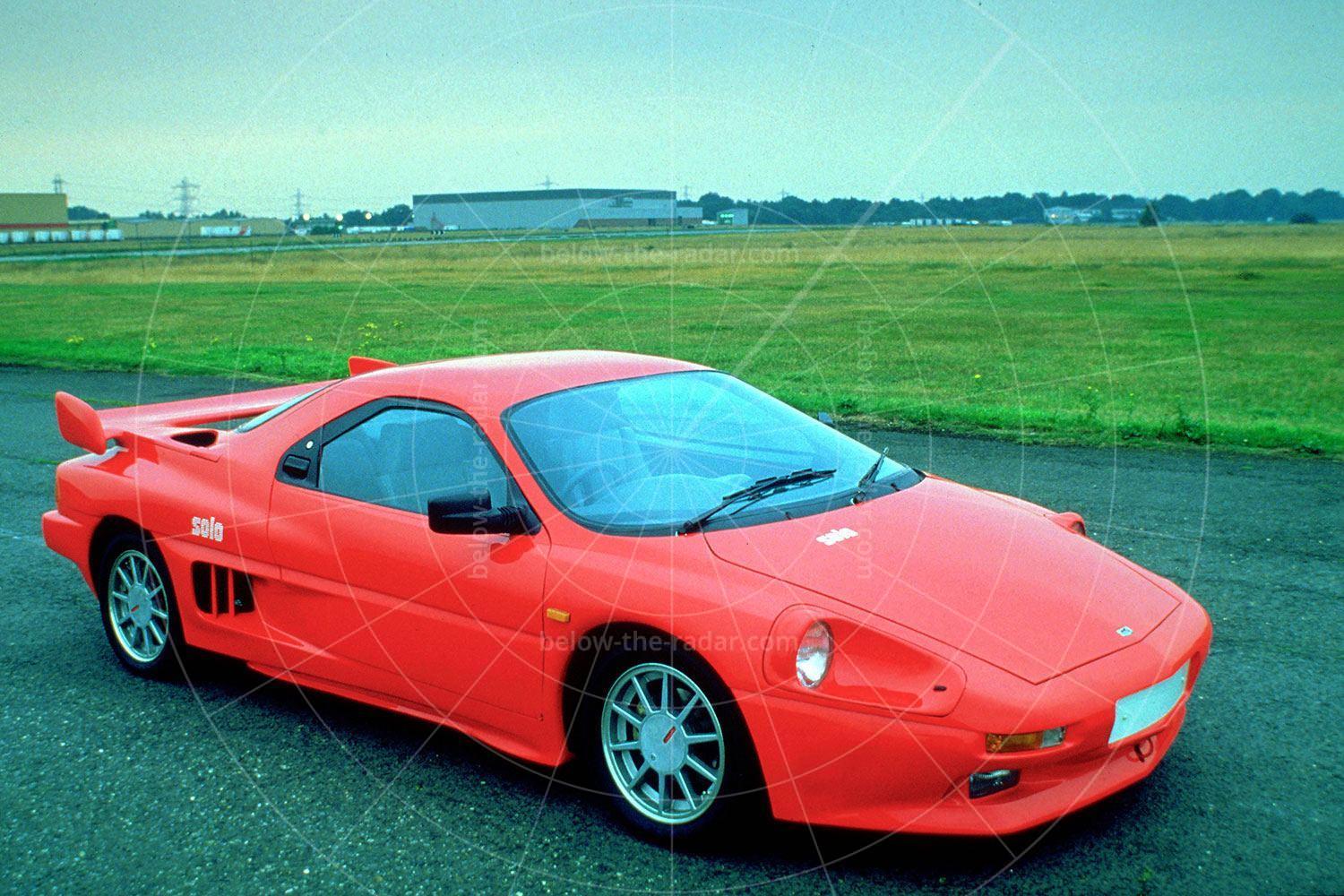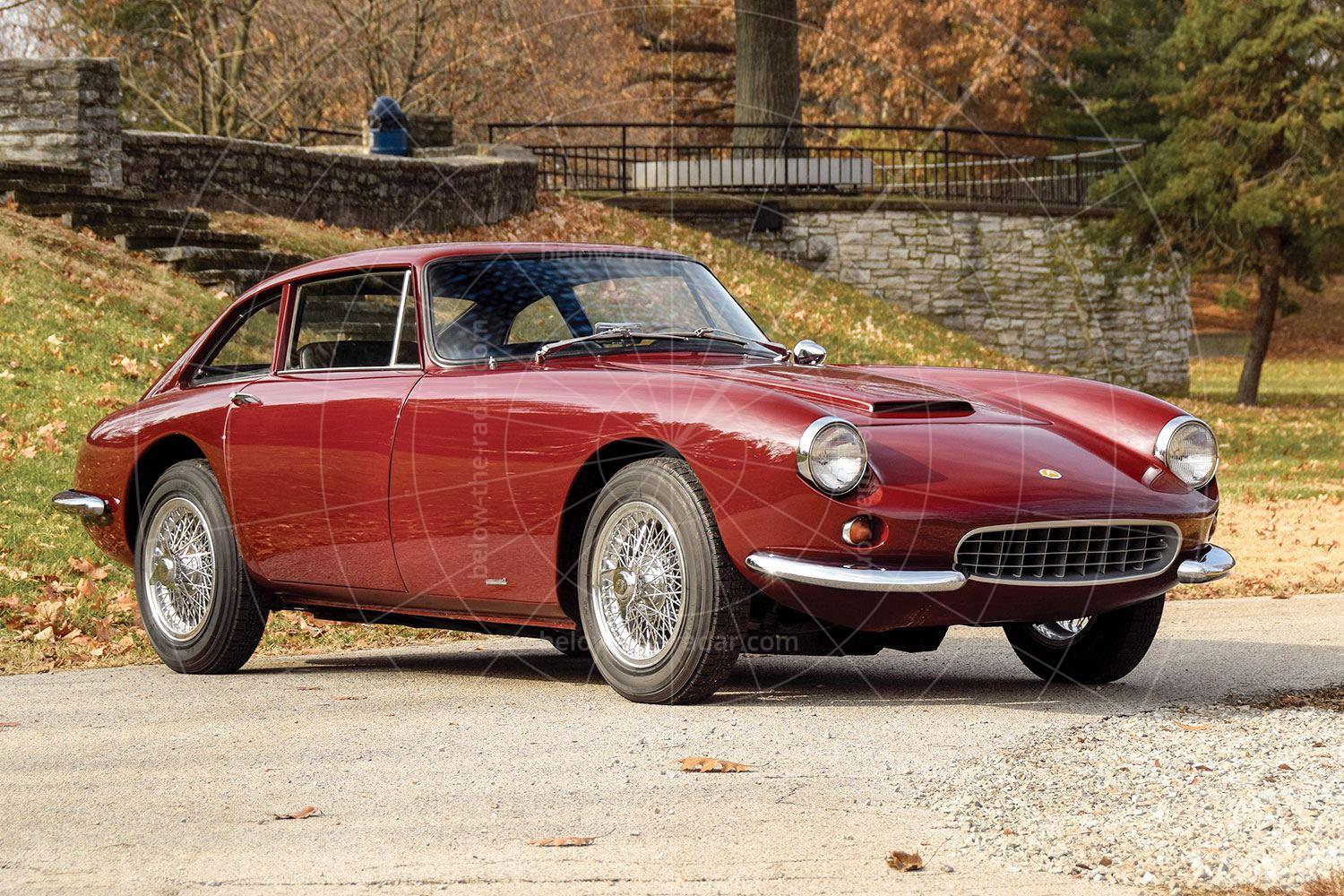Over the years Peugeot has built some pretty far-sighted concept cars, not least of all its Oxia, Proxima and Quasar concepts of the 1980s. Unabashed supercars that would never see the light of day in any form, such cars showed what was possible, but far from likely. That wasn’t meant to be the case with the BB1 though, which was at the opposite end of the motoring spectrum, as it was a tiny car designed to carry people using as little space and as few resources as possible. As a result, it pretty much summed up its era when it was released in 2009.
With the global economy in meltdown, energy prices threatening to bankrupt many and ecology a recurring theme worldwide, regardless of industry, the BB1 was perfectly timed. Tiny and powered solely by electricity, the BB1 was cheap to run, manoeuvrable and frugal, while also looking impossibly funky. Unusually, it was also reasonably real-world in that the technologies it showcased were all available when the car was unveiled in 2009. Whether or not the BB1 could be built economically – and whether or not there would be enough buyers for such a quirky car – were another matter entirely.
The key thing was that Peugeot accepted mobility as a key facet of modern life; trying to legislate or price people off the road was simply not going to work. The answer lay in creating smaller, more efficicient cars so that personal transportation was still an option for the masses. As such, the BB1 would consume the minimum of the world’s resources while also taking up as little road space as possible. To do this, Peugeot set its design team a seemingly impossible brief: to create a car just 2.5 metres long, capable of seating four adults. And they did it…
The key thing that distanced the BB1 from mainstream production cars of the time was its motive power; this was a purely electric city car. As such, it was much quieter than conventionally powered cars, and much cleaner too if it could be powered from renewable energy.
Each rear wheel was driven by a 10bhp electric motor, fed energy by a lithium-ion battery pack which offered a claimed range of up to 75 miles. Despite this seemingly puny power output – and thanks to a prodigious amount of torque – the BB1 was much more sprightly than it sounded, as it could get from 0-20mph in just 2.8 seconds. Acceleration around town was also pretty strong, but it was the BB1’s handling that should have impressed, as the running gear was located low down in the car, reducing the centre of gravity. The overall weight was kept down too, by building the BB1’s bodyshell from ultra-light carbonfibre; the result was a car that tipped the scales at just 600kg, even with the battery pack fitted.
To fit four people into such a tiny cabin, space had to be found in whichever way possible. One neat way of doing this was to ditch key functions like a sat-nav, telephone, radio and MP3 player, by hooking the car up to the owner’s smartphone. In this way, the dash could be kept clutter-free.
If the interior design was radical, the exterior was even more so. Take a look at pretty much any car you like – whether it’s a concept or production model – and it’ll have that ‘swept-back’ look. The lines will be moving from the front towards the rear, whether that’s the windscreen, the waistline or the rear deck. As a result the car will have added dynamism; it’ll look as though it’s moving even when it’s standing still. That’s usually the holy grail of car designers, but not with the BB1 though; its windscreen was upright and the A-pillars were swept forwards rather than back. Indeed, at first glance it would almost have been easy to think it was being driven backwards if it wasn’t for the rear lights being so prominent.
The inspiration for the BB1’s design and packaging came from motorbikes. And while this was intended to be much more than simply a four-wheeled motorbike, the thinking was good because by seating the rear passengers in the same way that a pillion would sit on a motorbike, it was possible to seat four adults in a car that was just 2.5 metres long. Well, in theory, and if you’re not impressed by that, bear in mind that an original Mini was just over three metres long while a second-generation Smart ForTwo was 2.7 metres long, and the latter could seat only two.
To fit everyone in, the structure of the passenger compartment aped the classic motorcycle design: the driver controlled the BB1 by adopting a more vertical driving position than usual, made possible through the absence of floor pedals. The rear passengers were seated in tandem behind the driver.
Access to the BB1 was through an inverted door opening mechanism, while boot access was through a tail board and a tailgate. So while the BB1’s exterior design was certainly challenging, it was also one of the most innovatively resolved concepts of its time.
| Vital statistics | |
|---|---|
| Debut | Frankfurt, 2009 |
| Engine | Rear-mounted, twin electric motors |
| Transmission | Rear-wheel drive |
| Power | 27bhp (peak), 20bhp continuous |
| Torque | 472lb ft |
| Top speed | 56mph |
| 0-20mph | 2.8 seconds |
| Range | 75 miles |

